 Abraham Lincoln
If given the truth, the people can be depended upon to meet any national crisis...
Abraham Lincoln
If given the truth, the people can be depended upon to meet any national crisis...
 Guildford news...
for Guildford people, brought to you by Guildford reporters - Guildford's own news service
Guildford news...
for Guildford people, brought to you by Guildford reporters - Guildford's own news service
Birdwatcher’s Diary No.157
Published on: 17 Mar, 2018
Updated on: 17 Mar, 2018
By Malcolm Fincham
As February came to a close, an icy blast from the east had well and truly hit the UK, although Surrey seemed to have suffered far less than most counties.
March 1 is the first meteorological day of spring. “Be where the ice of March”, one might say?
It sure didn’t feel very spring-like to me as I walked along the towpath of the River Wey in the direction of my local patch at the Riverside Nature Reserve near Burpham.
A wind chill factor of minus zero temperature was certainly freezing my fingers to the bone whenever I took them out of my pockets to take a photo.
Parts of the waterway had started to freeze along the canal as I walked gingerly along a snow-covered towpath.
The boardwalk leading to Stoke Lake wasn’t much of an improvement either, as I continued to hear the words of my wife echoing in my head of how mad I must be to go out in such weather.
Beginning to concern myself about my camera equipment and a little disappointed with some the quality of the pictures I was getting in such poor light conditions, I was beginning to think she was correct in questioning my sanity. On top of that it had started to snow again!
Shrugging off such thoughts, I carried on regardless.
 Along the boardwalk, on one of its railings, a robin perched precariously in a similar, imbalanced way, I was, at times.
Along the boardwalk, on one of its railings, a robin perched precariously in a similar, imbalanced way, I was, at times.
Several common snipe flew up like bullets from a gun, almost impossible to photo, glimpsing their mottled brown with straw-yellow stripes on top and pale underneath as they shot out from beside the boardwalk. Flying off in a series of aerial zig-zags to confuse possible predators.
More common snipe flew up as I walked around the lake, an unusual sight to see by the lakeside, counting at least 15 on completing walking the footpath around it. They had all, no doubt, been displaced from the now, frozen scrapes in the area.
It had also displaced nine shoveller ducks, as well as a few teal, neither often seen on the lake, certainly not in such numbers.
Two lapwings flew around looking rather lost in the falling snow, occasionally settling on the field at the southern end of the lake.
The lake itself was also partially frozen over, and a pair of teal could be seen walking on it, on the far bank.
Two lesser black-back gulls had joined a group of black-headed gulls, some of which were now coming into their summer plumage, out on the ice.
In the hedgerows a few wintering redwings could still be seen.
As well as long-tailed tits, their feathers puffed up to keep out the cold.
Ending the day there with a picture of a kestrel, perched in a tree, eyes set in hunting mode, as snow continued to fall by the towpath.
On the morning of Saturday, March 3, I took up on the offer to visit my friend Bob’s wildlife garden in Wood Street Village. The snow that had settled in the previous few days was now starting to thaw.
It hadn’t yet let up on the wealth of wildlife that had been visiting his garden during the cold spell.
These include a great spotted woodpecker.
Ring-necked parakeets.
And even the occasional green woodpecker.
The main interest of my visit, apart from the ample supply of coffee, was to see the surprising amount of yellowhammers that he helps to keep alive through the winter months.
They spend their summers in the fields beyond, but when food becomes scarce during the winter, numbers in excess of 20 come to his garden to seek out the ample supply of seed he puts out.
Even the odd fieldfare will venture in to feed on a slice of apple.
A bonus sighting that day, while still watching from his garden, was first to see a red kite fly by with a buzzard in close pursuit.
Within a few moments a second red kite was seen flying low across the field.
Ending my day’s photography session with two red kites sparring together.
On Thursley Common a few days later, it was good to see that although susceptible to cold harsh weather, it wasn’t prolonged enough to cause too much of a problem for the Dartford warblers. Some even seen perched up and displaying.
Also seen displaying high overhead were three common buzzards.
I had been taken by surprise on sighting my first red admiral butterfly of the year, as it fluttered past me, in my garden, on March 7. The following day, while walking on Witley Common, I was able to photograph and add a brimstone to my observations.
In contrast, warmer to the previous weekend, weather from the south began to push up through the country. Across Surrey there was a definite feel of spring in the air. At the Riverside Nature Reserve on Saturday, March 10, several chiffchaffs could be heard singing.
A treecreeper was a welcome sight as it crept up a tree, looking for insects in the cracks of its bark, by the towpath.
A kingfisher had made a welcome return, having been concerned that I hadn’t seen her during the cold spell.
While at least three reed buntings could be seen and heard at various points along the boardwalk.
A sudden blast of song from a Cetti’s warbler took me by surprise as it sang briefly on a couple of occasions while I was there, catching a sighting, momentarily, though too brief to photo, before, in their usual skulking way, disappeared into a thicket.
 Common snipe had returned to feeding in the now thawed-out muddy areas, spotting just a few, well hidden between the tufts of long grass by the scrape.
Common snipe had returned to feeding in the now thawed-out muddy areas, spotting just a few, well hidden between the tufts of long grass by the scrape.
Two roe deer could be seen from the boardwalk, now parading in their velvet covered antlers.
Frogs had also started to come out from hibernation with 30 or more merging together in one small area to breed and spawn.
A few toads had also started to appear. Spring was on its way at last?
Highlights from an early spring visit to Farlington Marshes near Portsmouth on March 11 produced a few interesting sightings.
Brent geese seemed to have dwindled in number, Some now tempted to start migrating to their summer breeding grounds in Siberia. A few wildfowl, soon to migrate north, could still be seen in and around the main lagoon there.
These included wigeon.
And a few of those smart looking drake pintails.
A few black-tailed godwits were now starting to moult from their winter colours of greyish-brown into their bright orangey-brown summer plumage.
A low tide allowed waders to spread themselves far and wide across the harbour to feed. Allowing just a few ringed plovers to be seen.
As well as the odd dunlin to be photographed close by.
A few lapwings had now started to display over the marshes, while skylarks sang, high over the fields.
Also circling high overhead was a spoonbill.
Watching it intently, it descended, eventually landing in the field some distance away.
Along the stream two avocets waded.
The best sighting of the day, however, had to be a drake garganey, swimming alongside a pair of teal, near to the visitor hut.
Garganey are strictly migratory, with the entire population moving to southern Africa. Breeding birds arrive from March and return to Africa between July and October.
Despite the return of some cold weather this weekend (March 17-18) could summer be on its way? Watch this space….

See Dragon story: GBC’s Explanation of Major Land Sale Notice Error ‘Borders on Arrogant’ Says Councillor







Recent Articles
- City and Manager ‘Part Company’ After Slide in Results
- PCC Election Result – Conservative Lisa Townsend Retains Commissioner Role
- Letter: It’s a Sad State of Affairs
- Times Rankings Showing GBC To Be Worst Council in Surrey Dismissed by Lib Dems
- Birdwatcher’s Diary No.303
- Letter: What a Scoop!
- Filmfest – a Festival of German Films
- Letter: Help Abroad Should Not Be to the Detriment of Those Here
- Armed Police Deployed After Fight at Ash Vale Pub – Four Arrested
- Surrey Schools Could Have ‘Meat-free Mondays’ If Strategy Adopted


Search in Site
Media Gallery
Dragon Interview: Local Artist Leaves Her Mark At One of England’s Most Historic Buildings
January 21, 2023 / No Comment / Read MoreDragon Interview: Lib Dem Planning Chair: ‘Current Policy Doesn’t Work for Local People’
January 19, 2023 / No Comment / Read MoreA3 Tunnel in Guildford ‘Necessary’ for New Homes, Says Guildford’s MP
January 10, 2023 / No Comment / Read More‘Madness’ for London Road Scheme to Go Ahead Against ‘Huge Opposition’, Says SCC Leader
January 6, 2023 / No Comment / Read MoreCouncillor’s Son Starts Campaign for More Consultation on North Street Plan
December 30, 2022 / No Comment / Read MoreCounty Council Climbs Down Over London Road Works – Further ‘Engagement’ Period Announced
December 14, 2022 / No Comment / Read MoreDragon Interview: GBC Reaction to the Government’s Expected Decision to Relax Housing Targets
December 7, 2022 / No Comment / Read MoreHow Can Our Town Centre Businesses Recover? Watch the Shop Front Debate
May 18, 2020 / No Comment / Read More




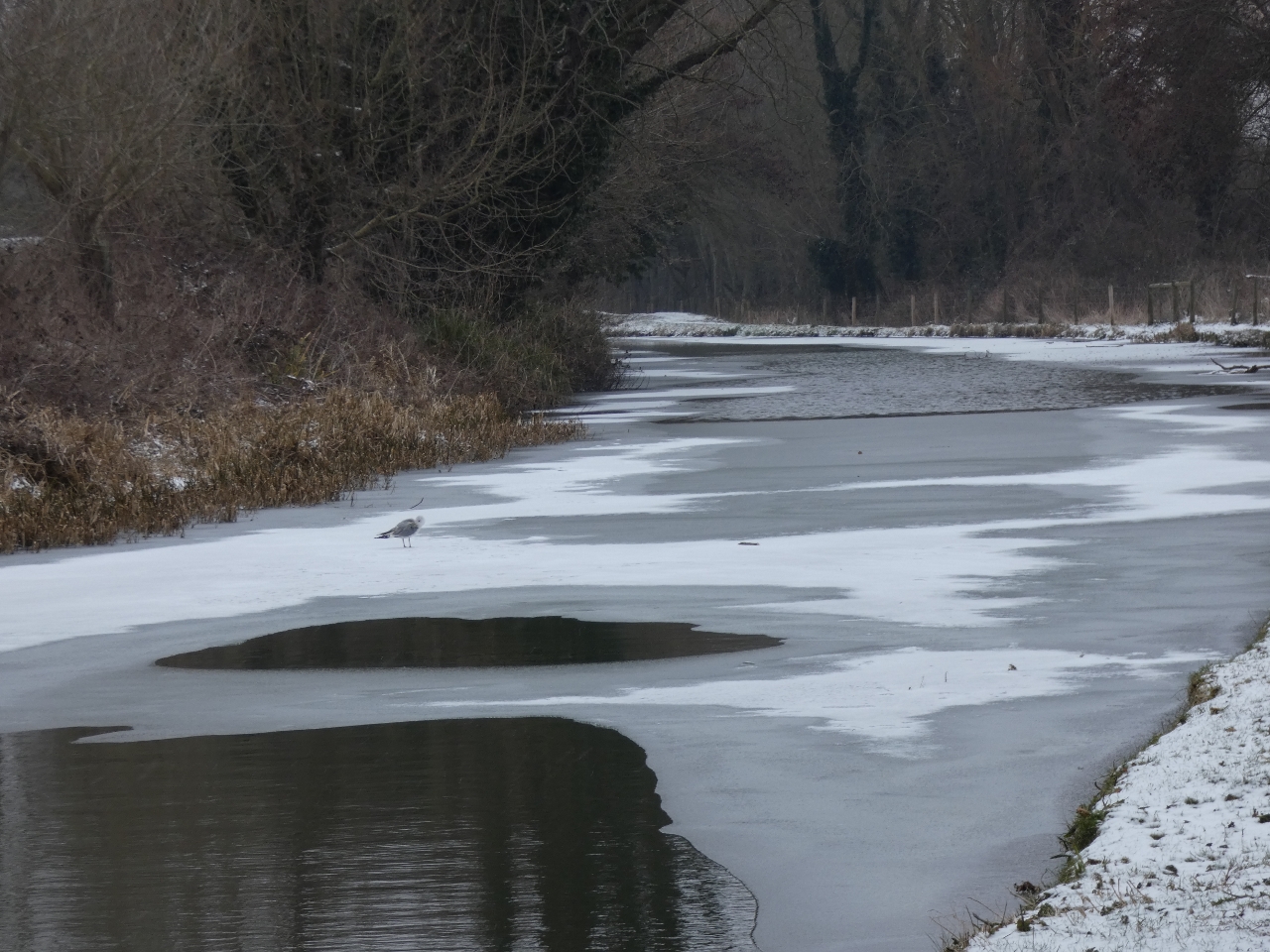
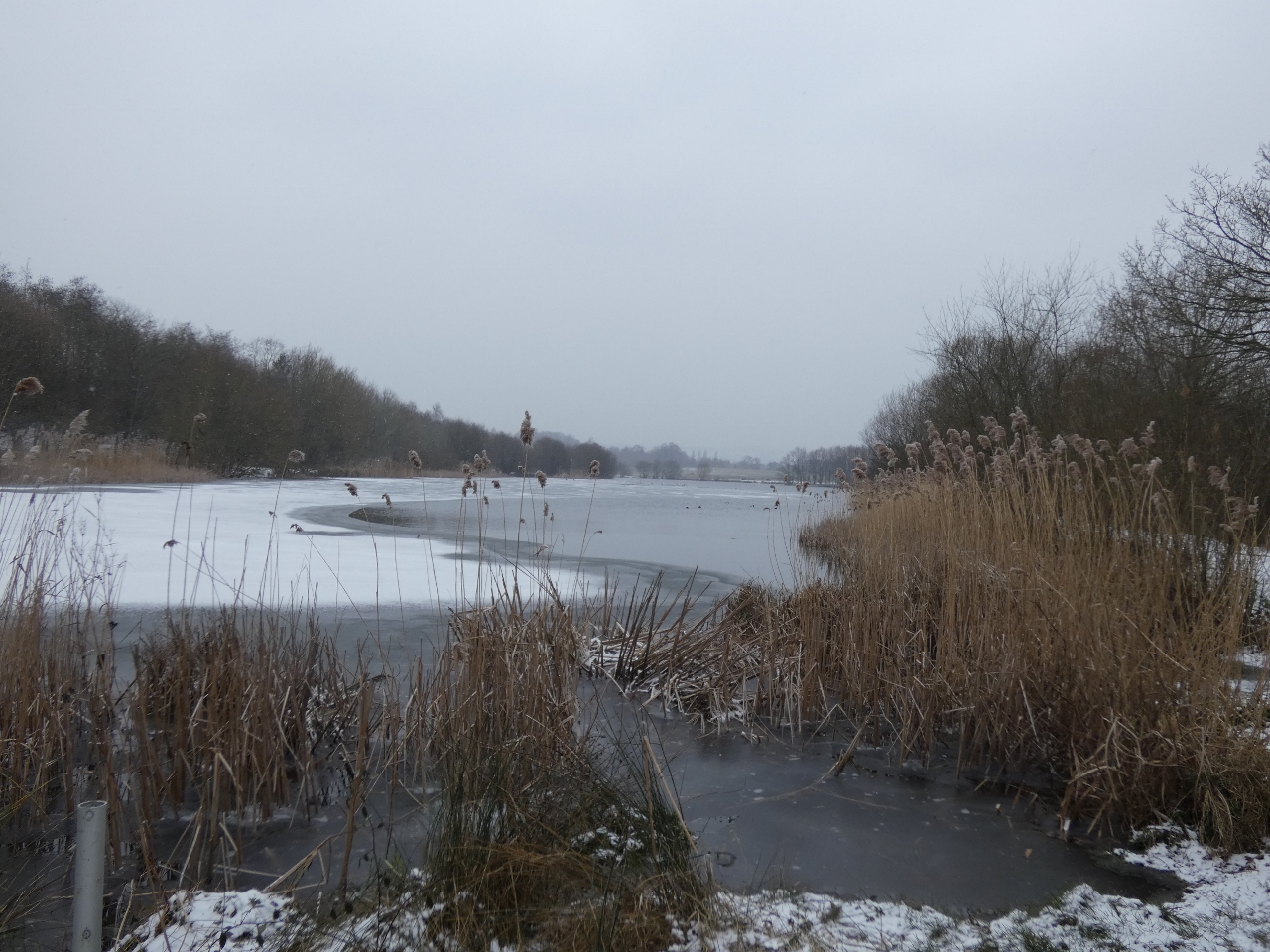
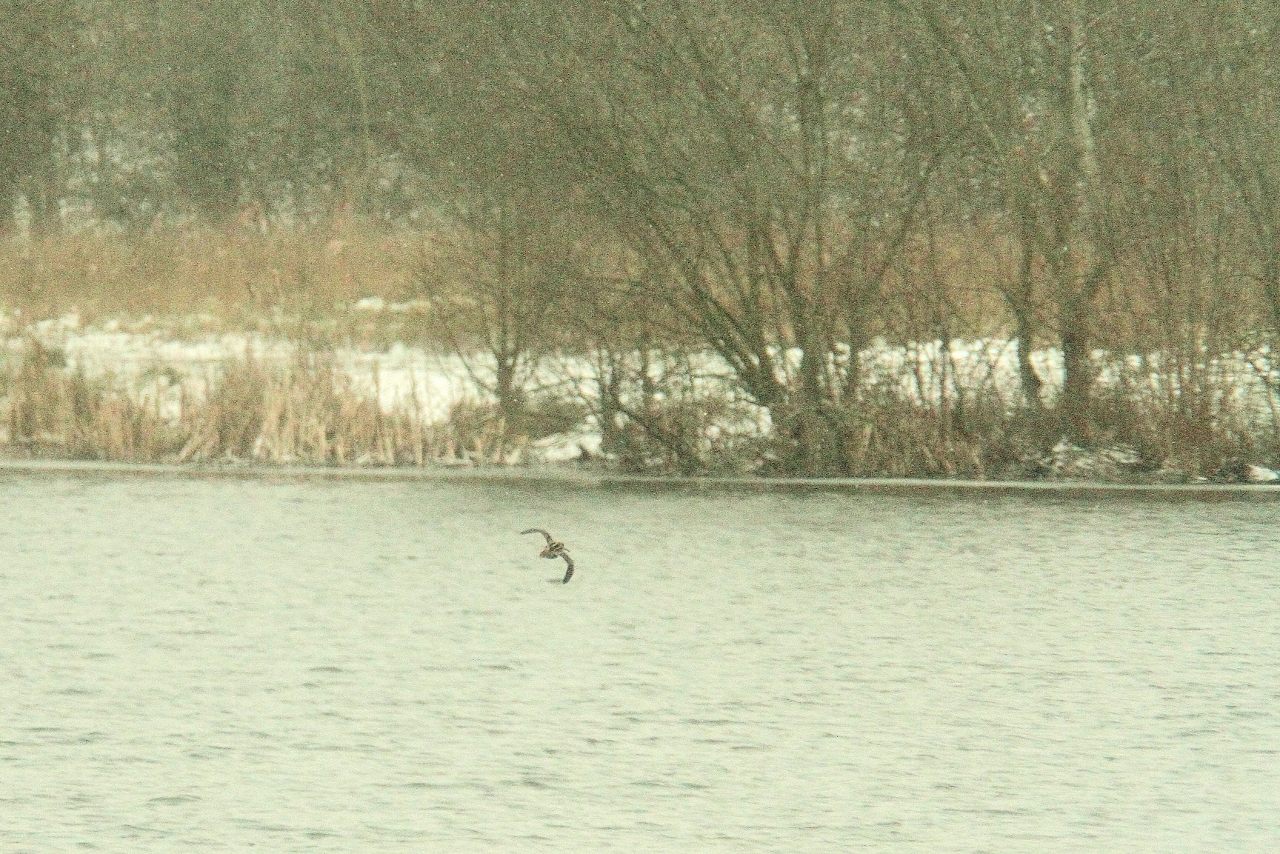
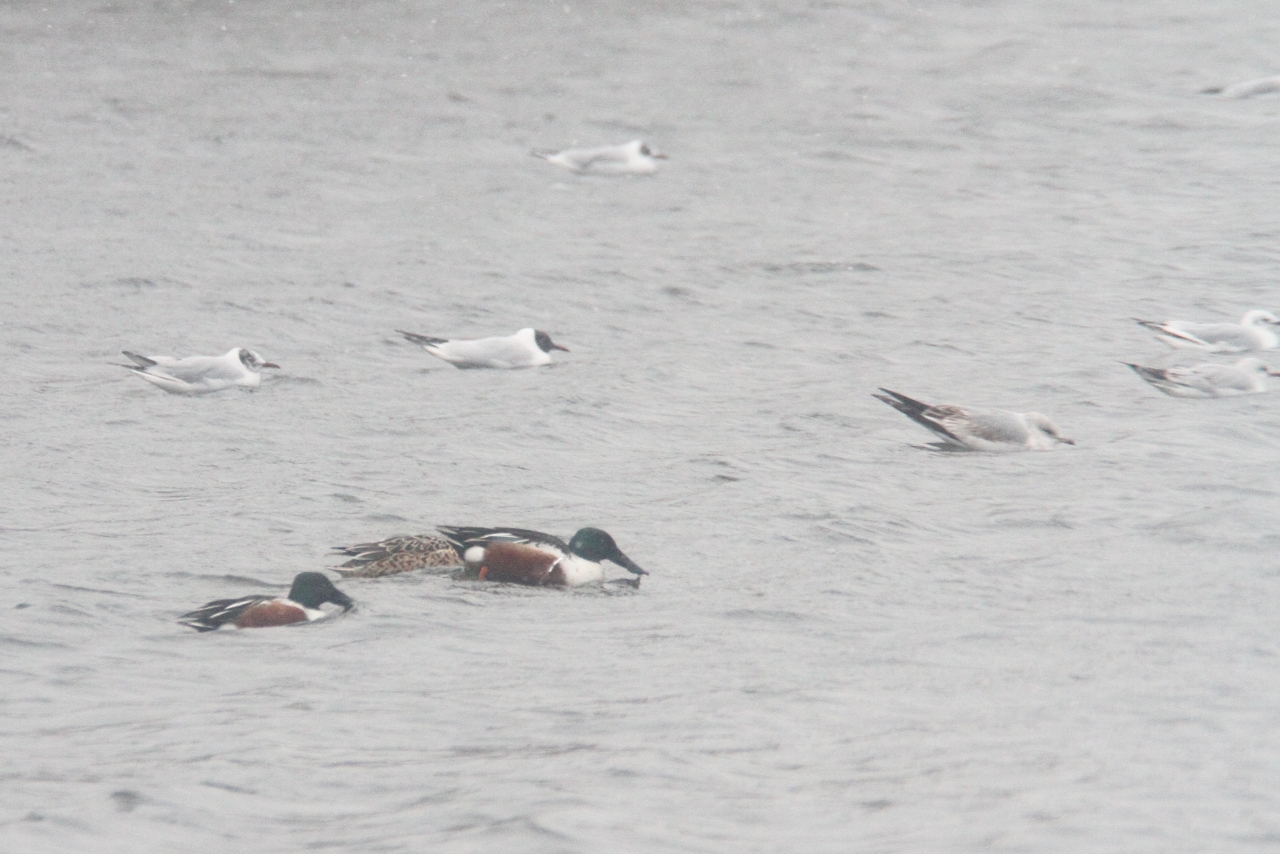

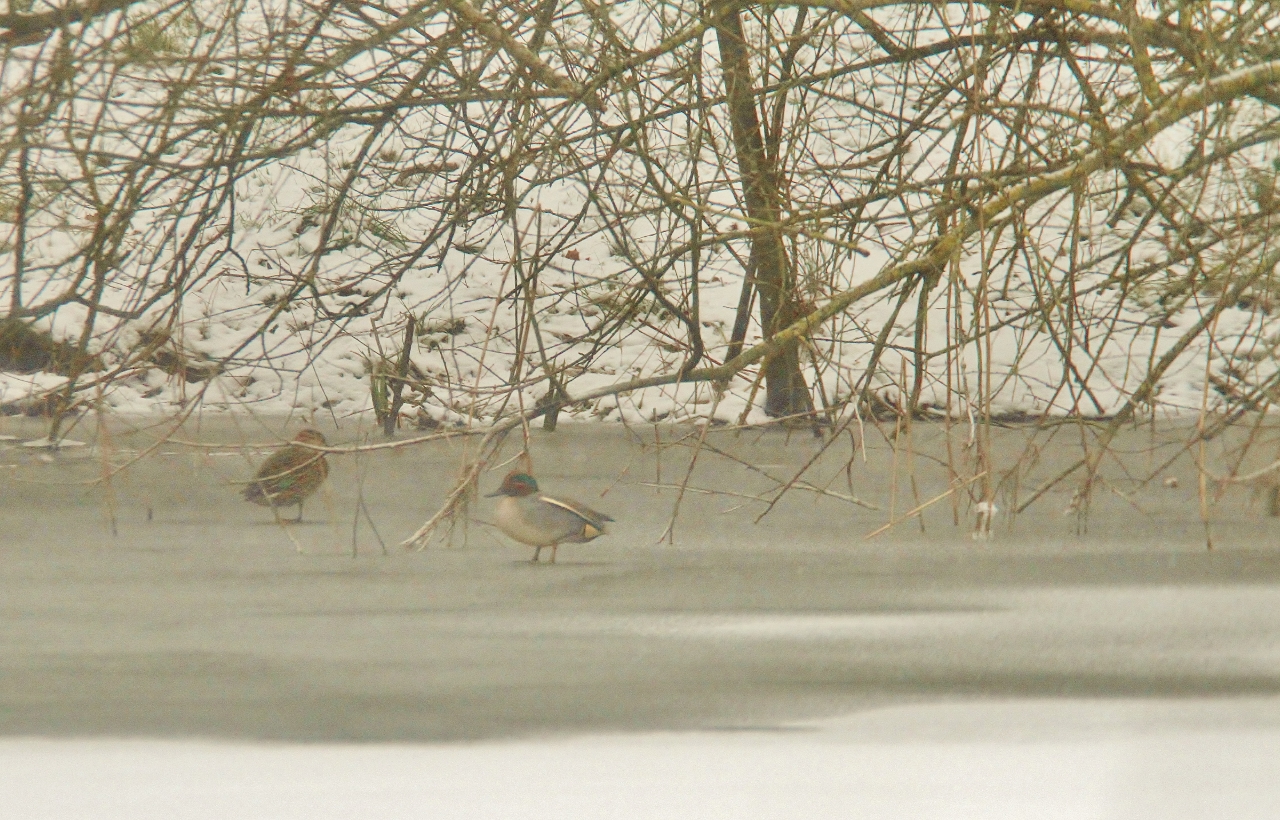
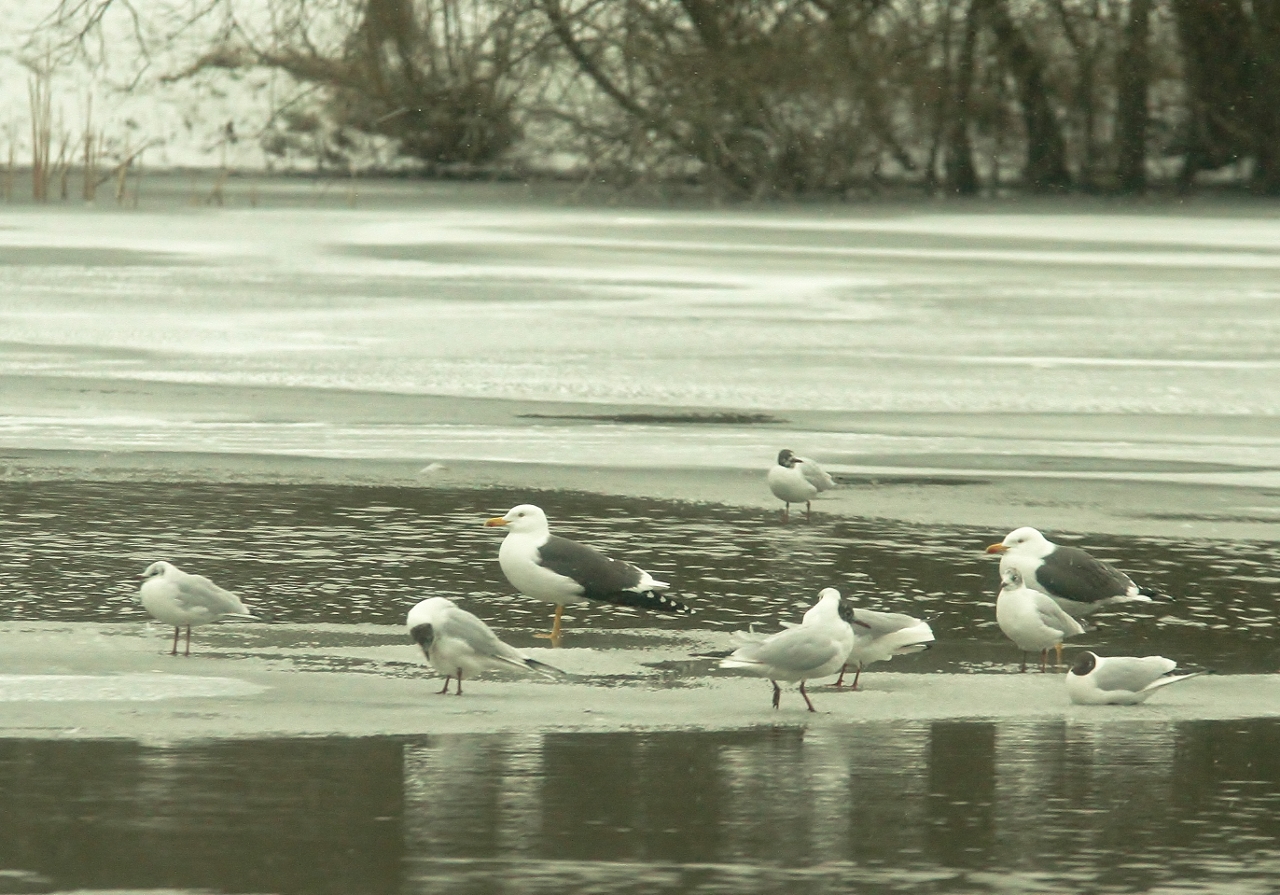

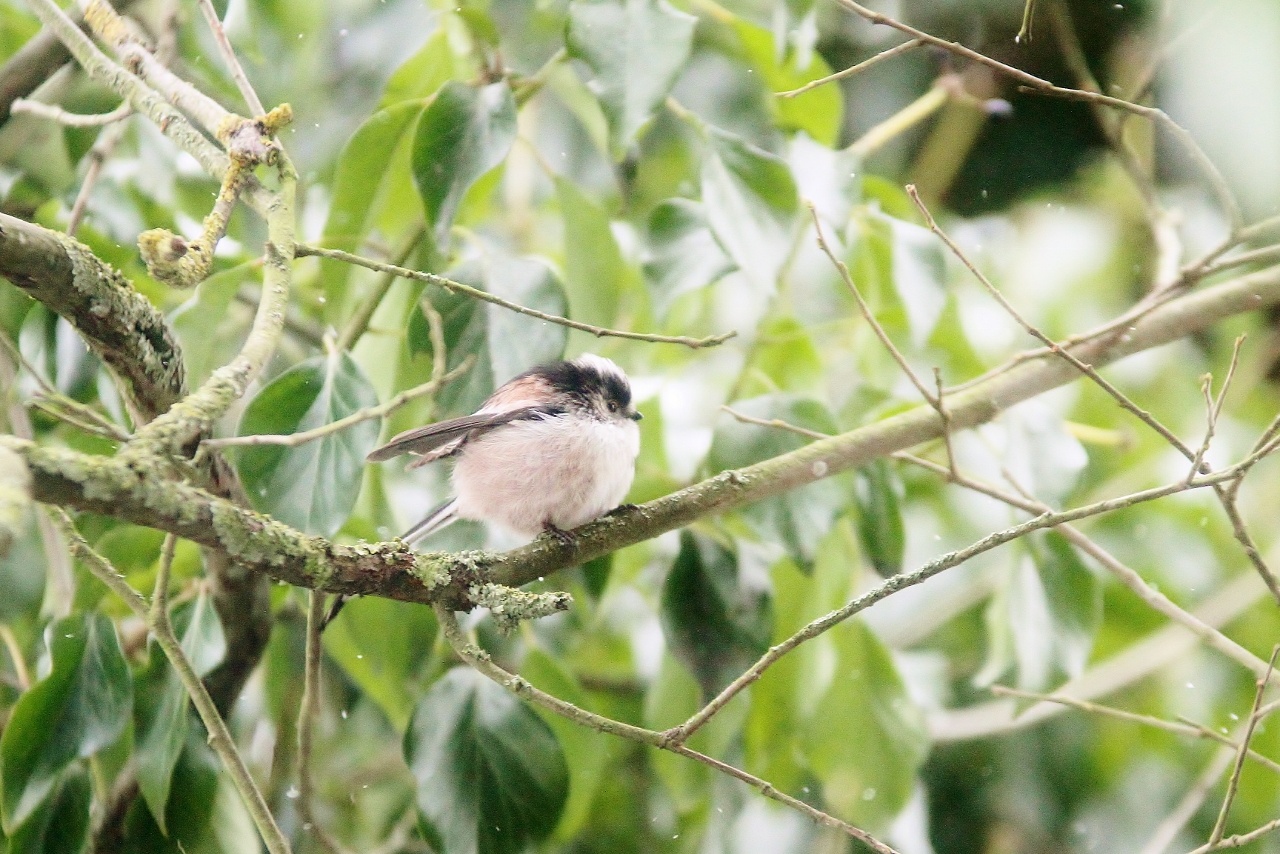
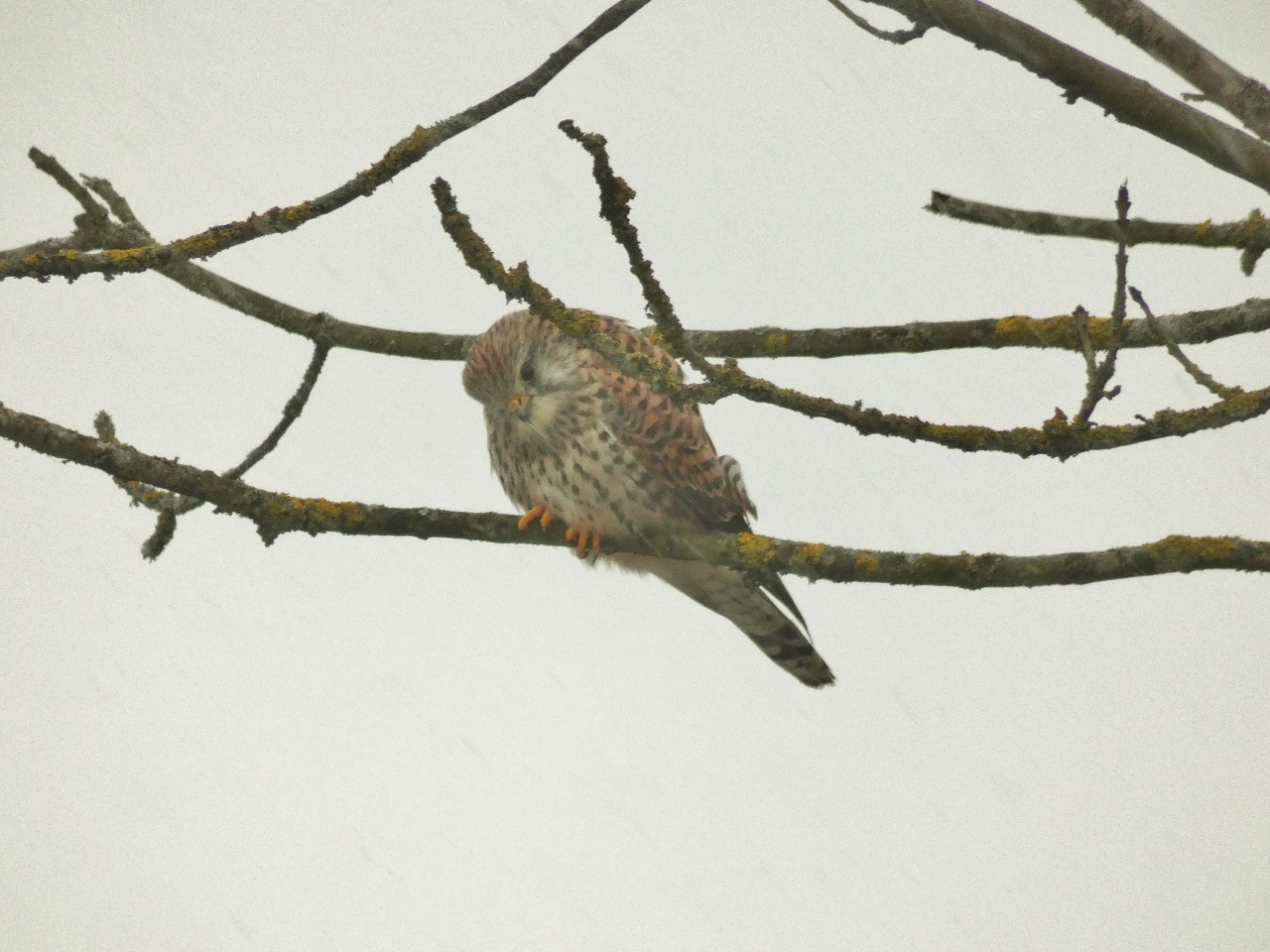
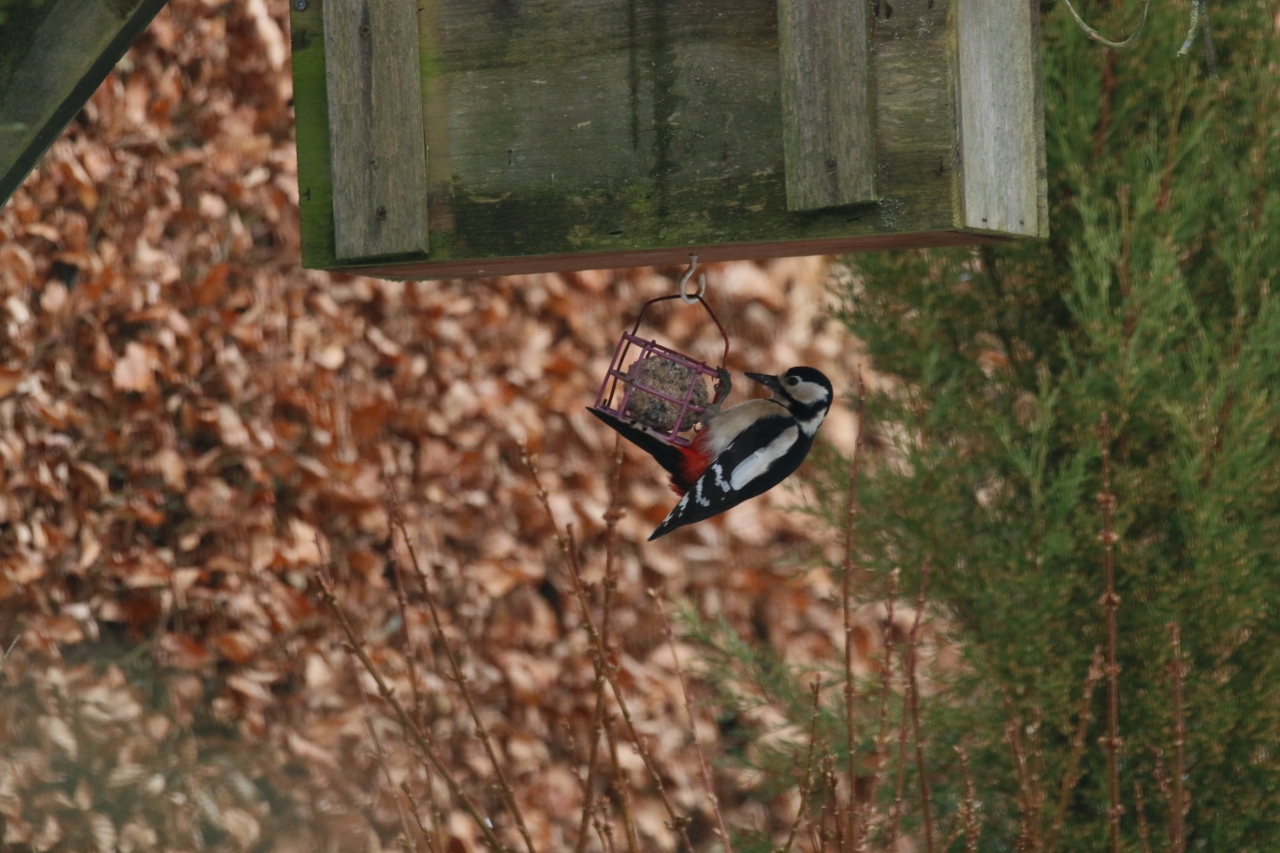

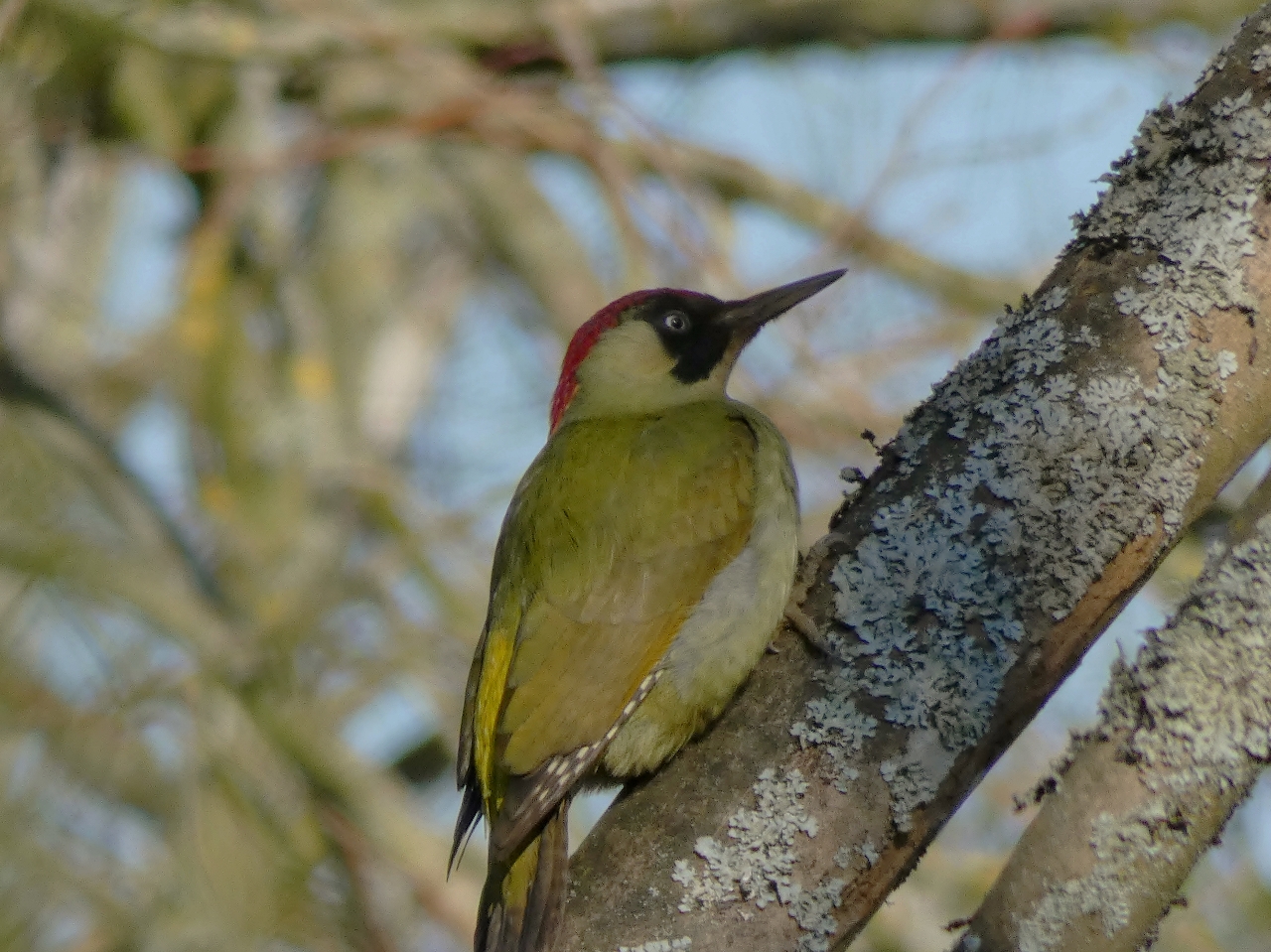
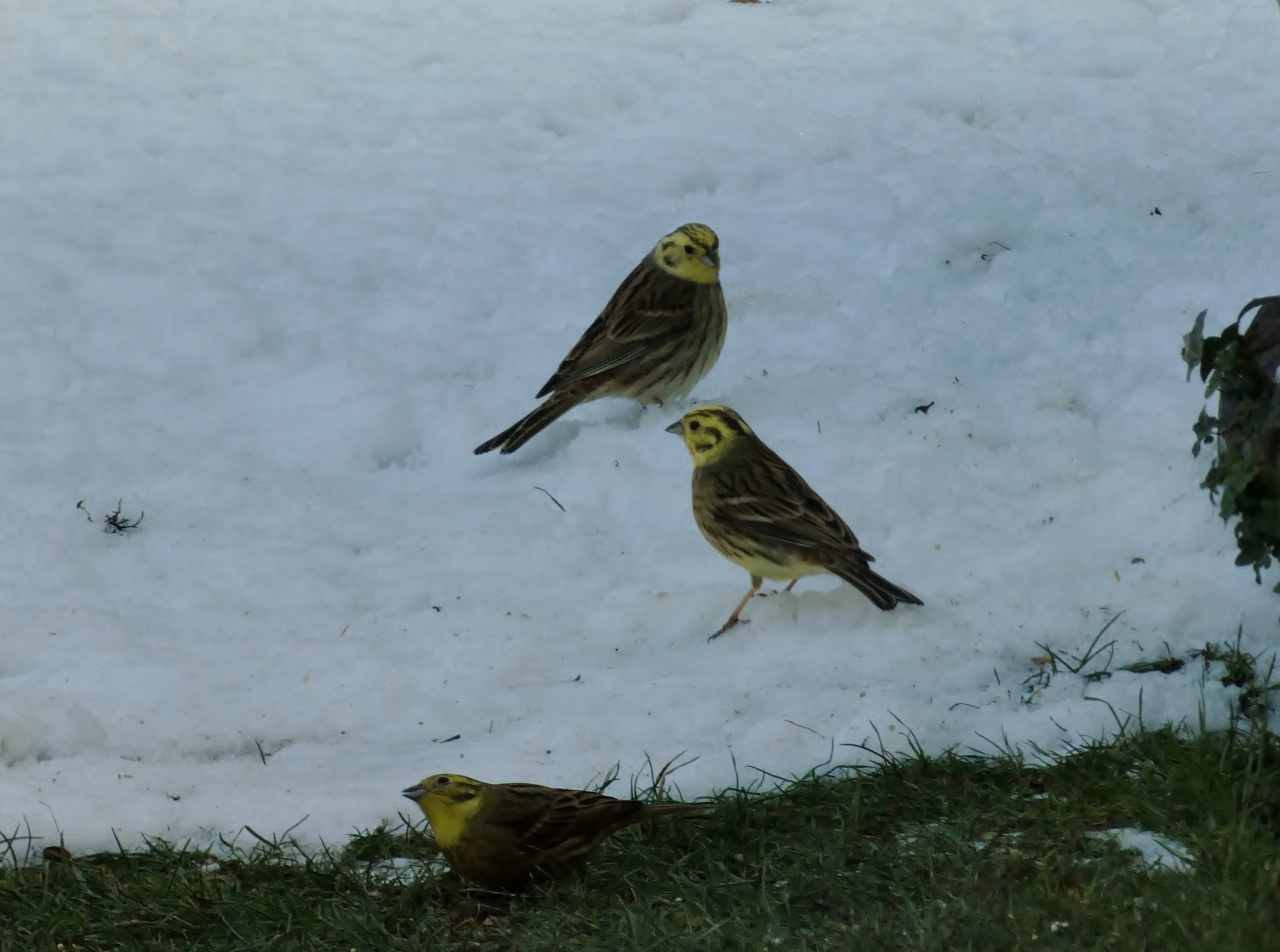
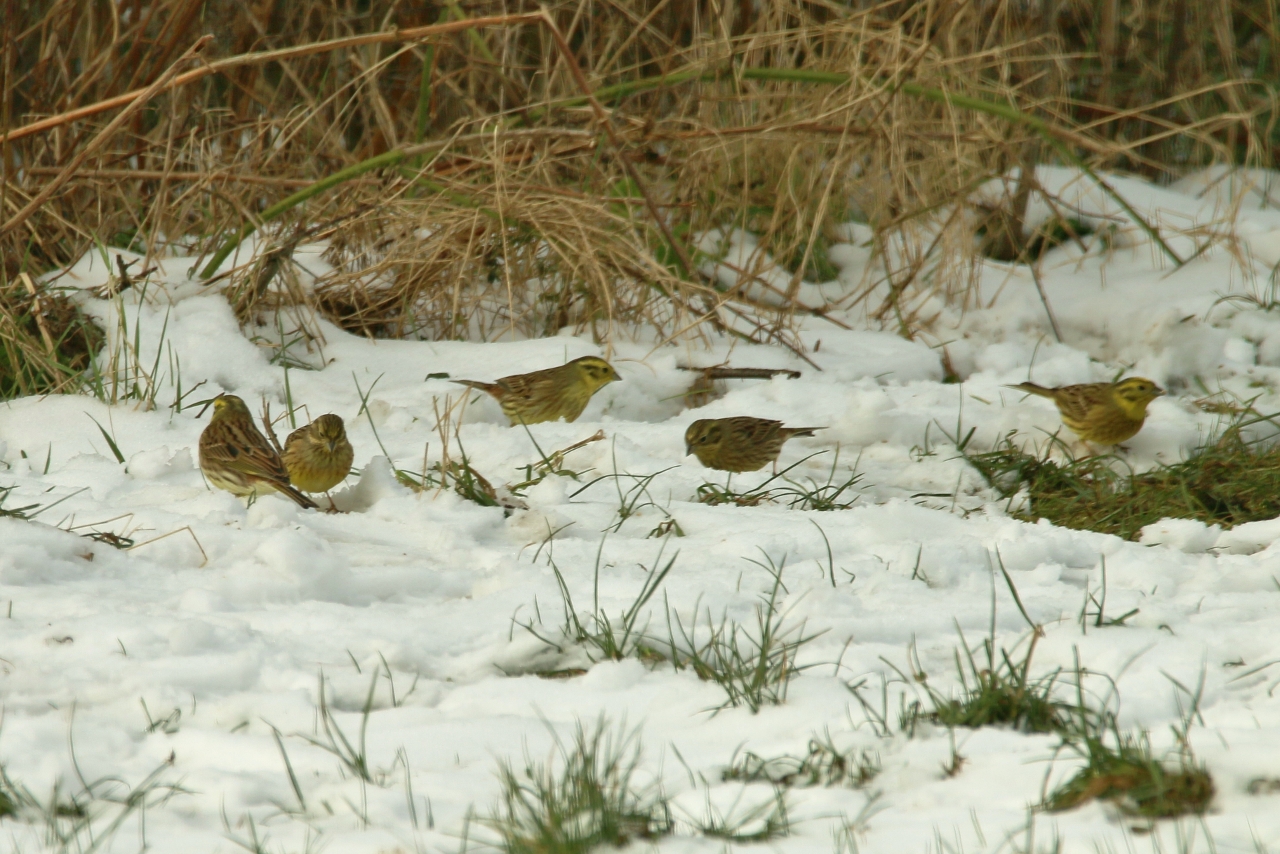

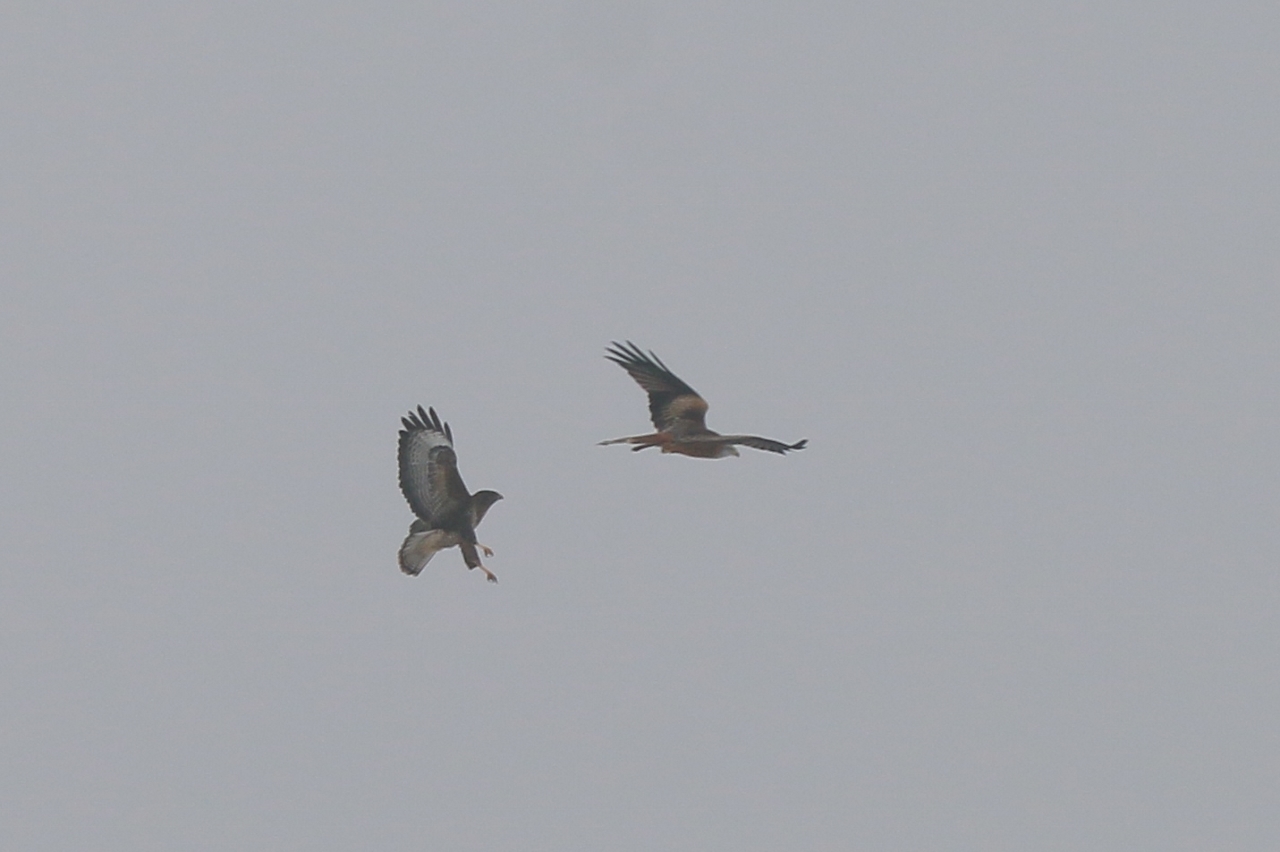
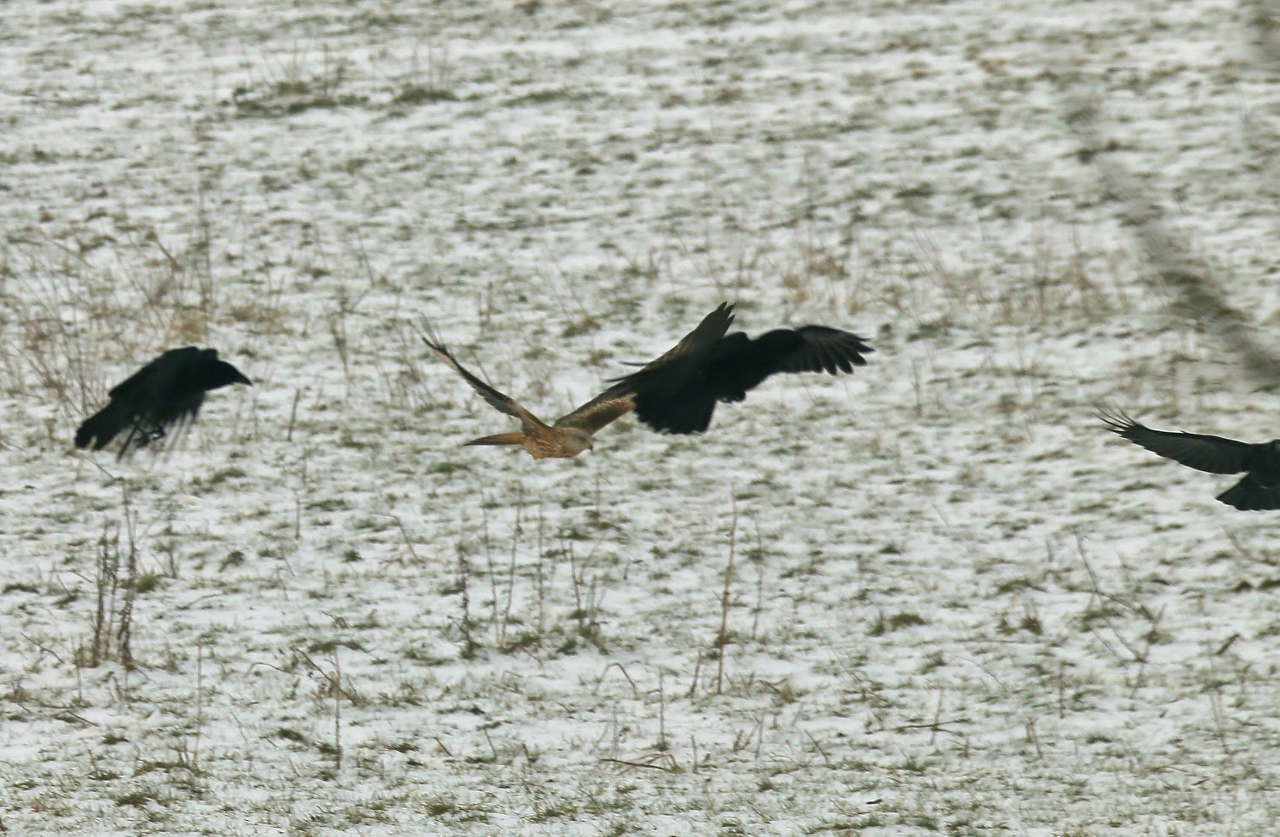
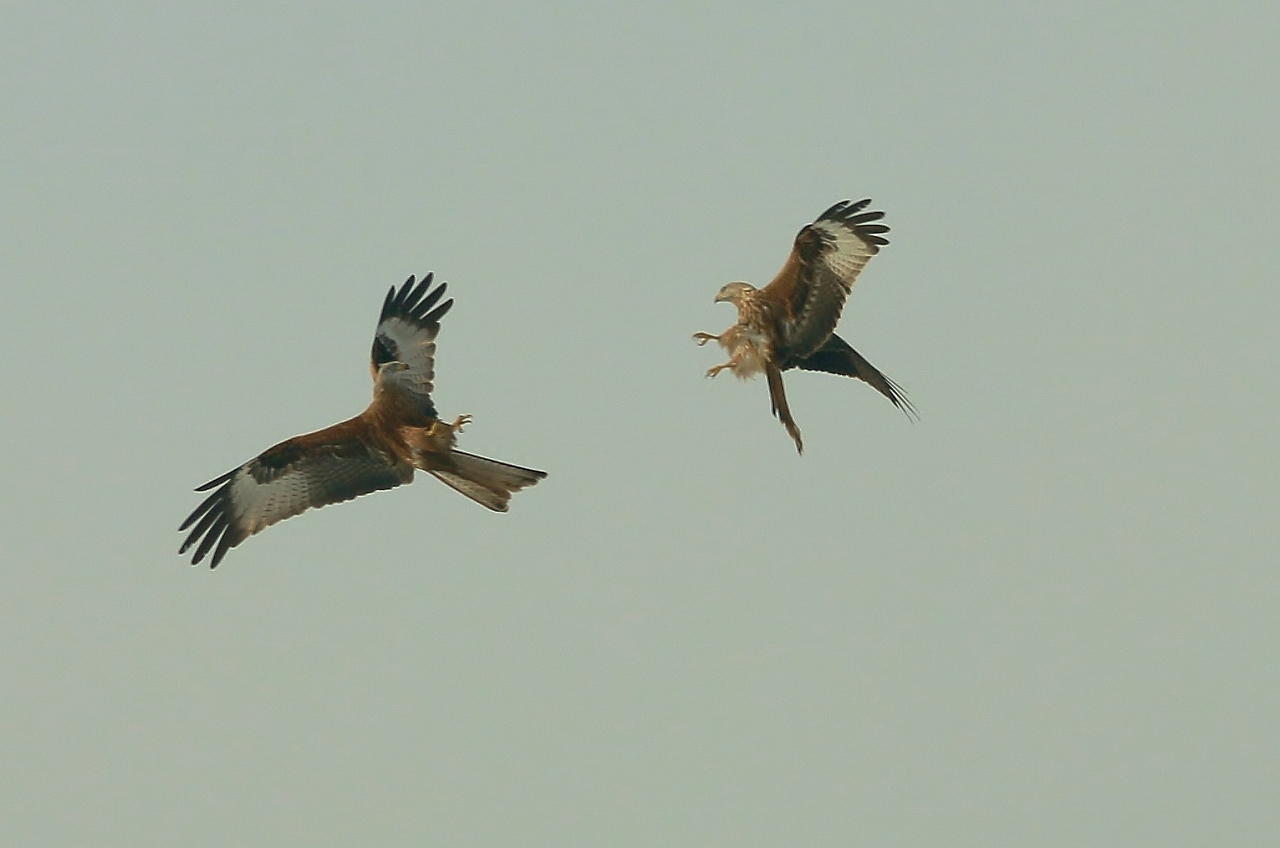
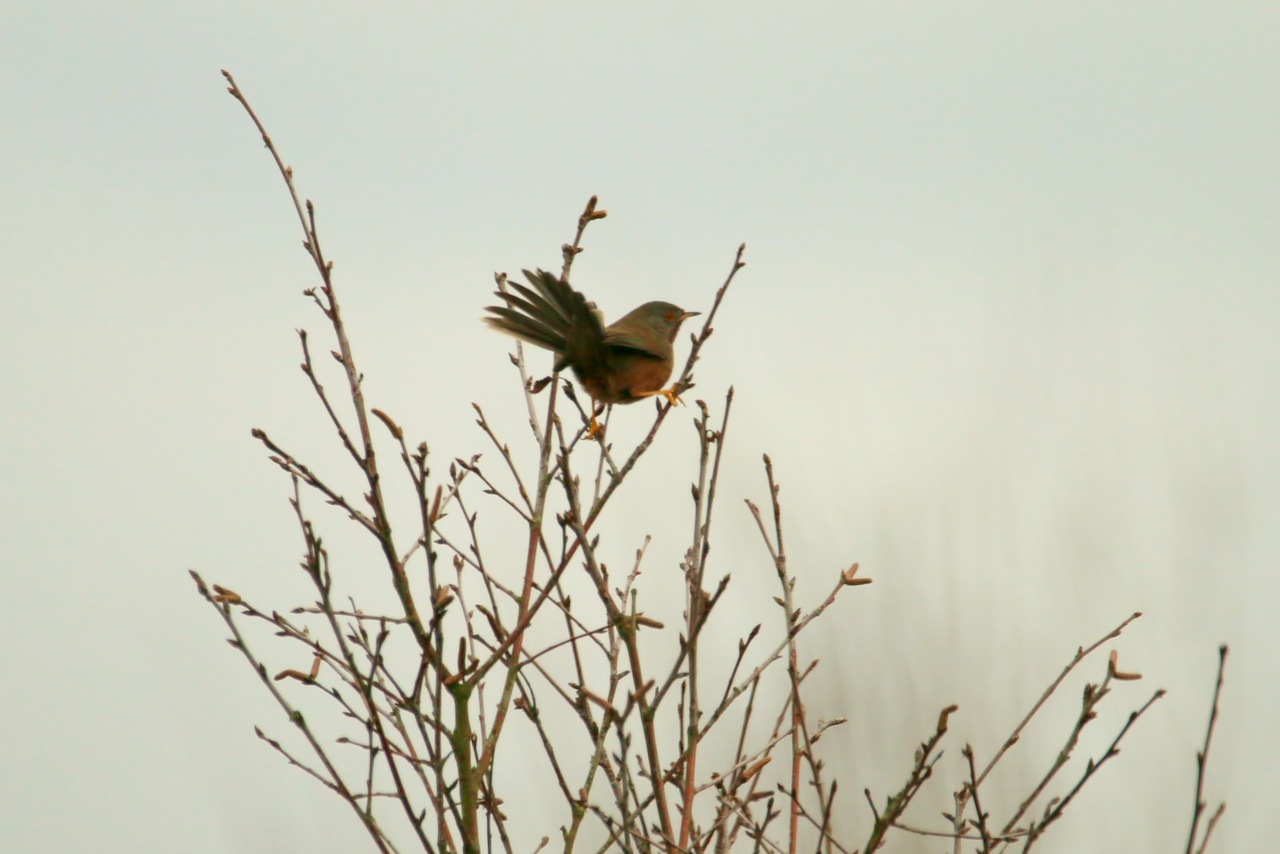
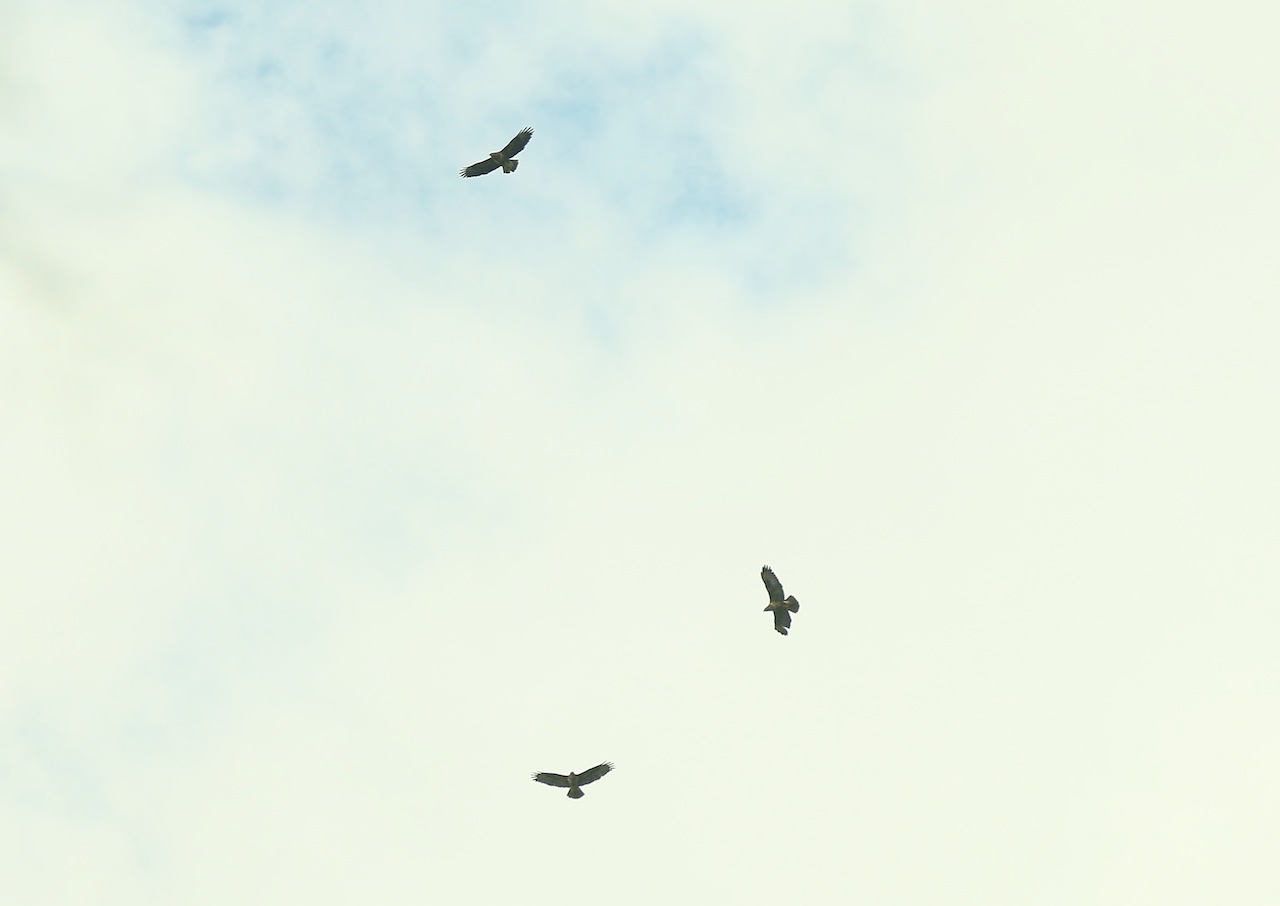
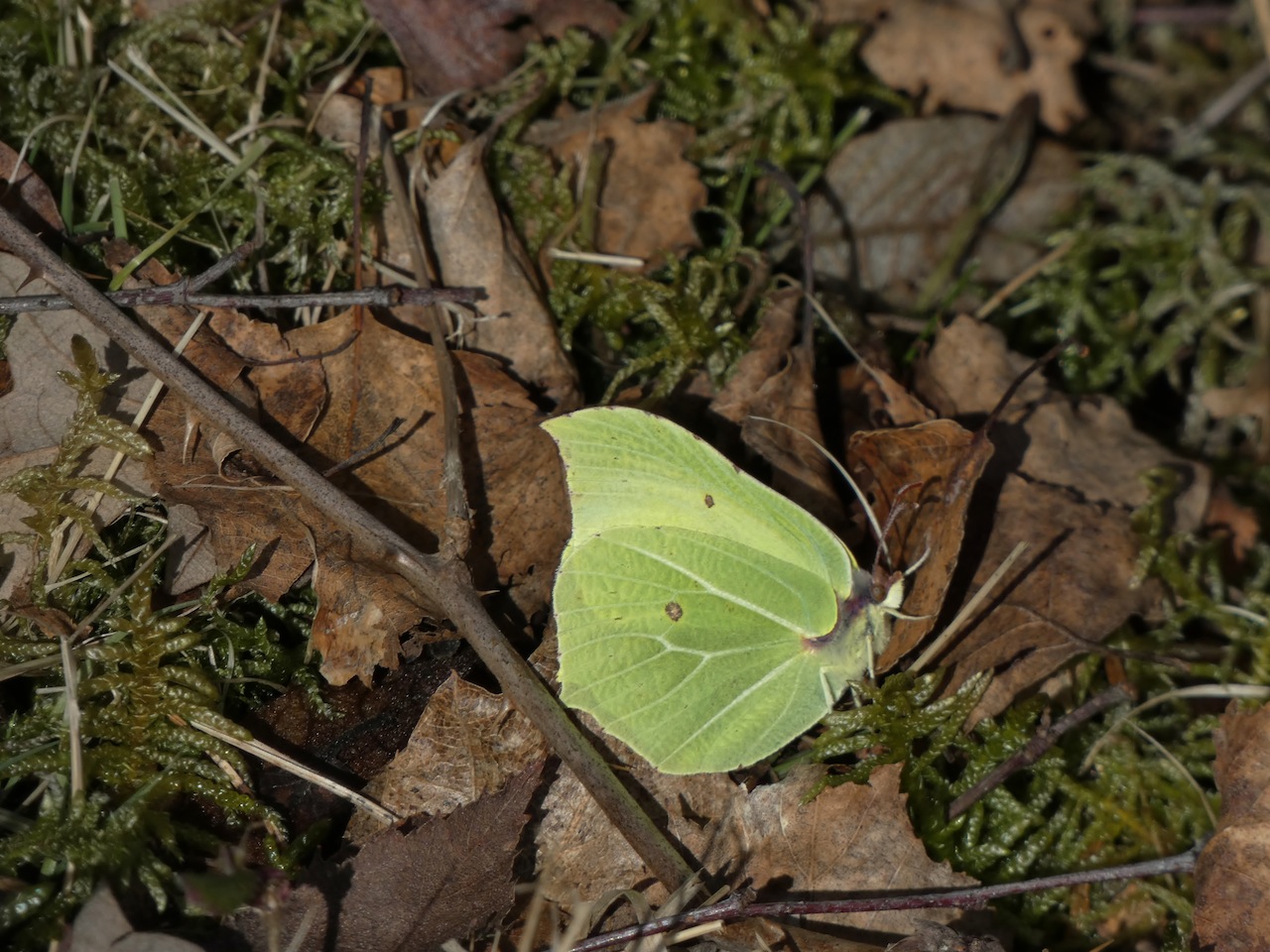
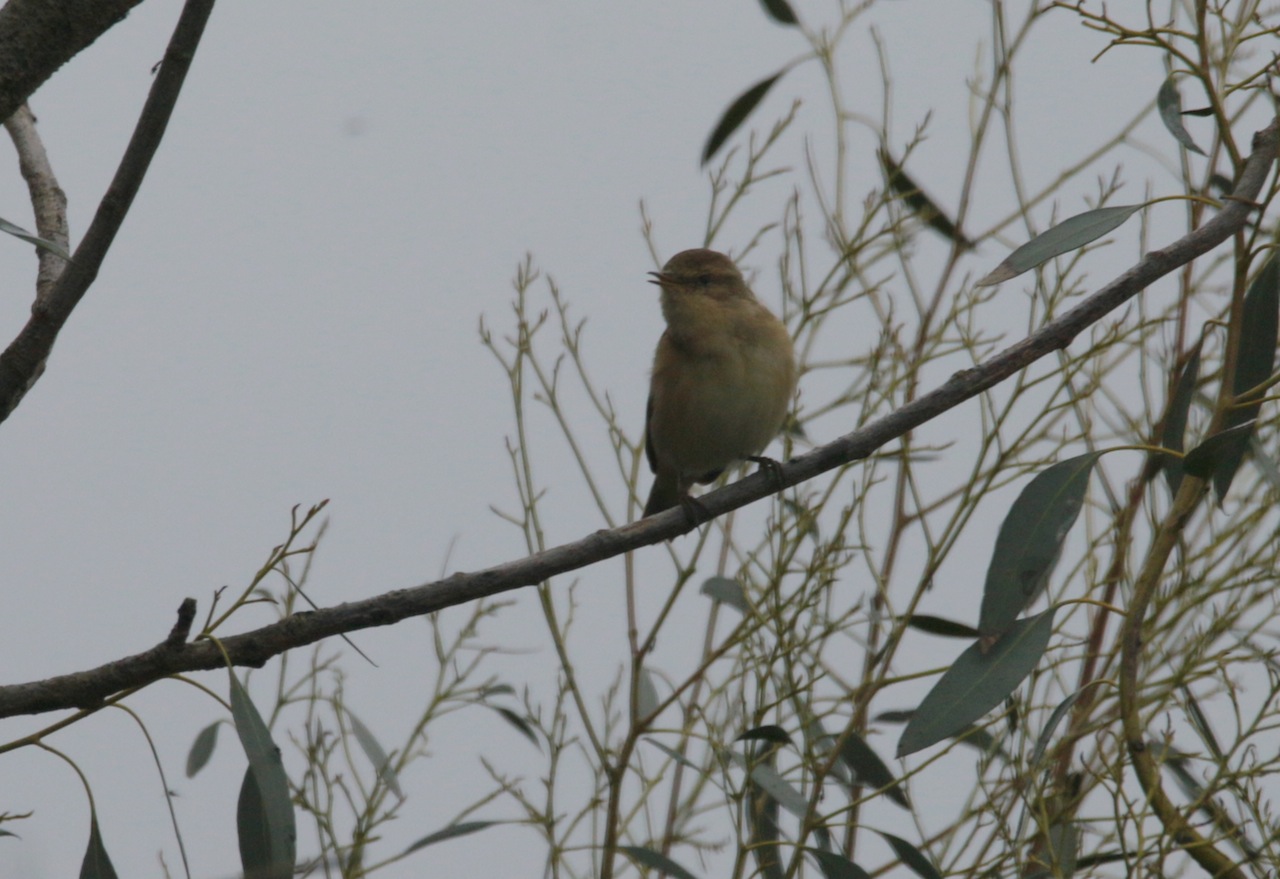
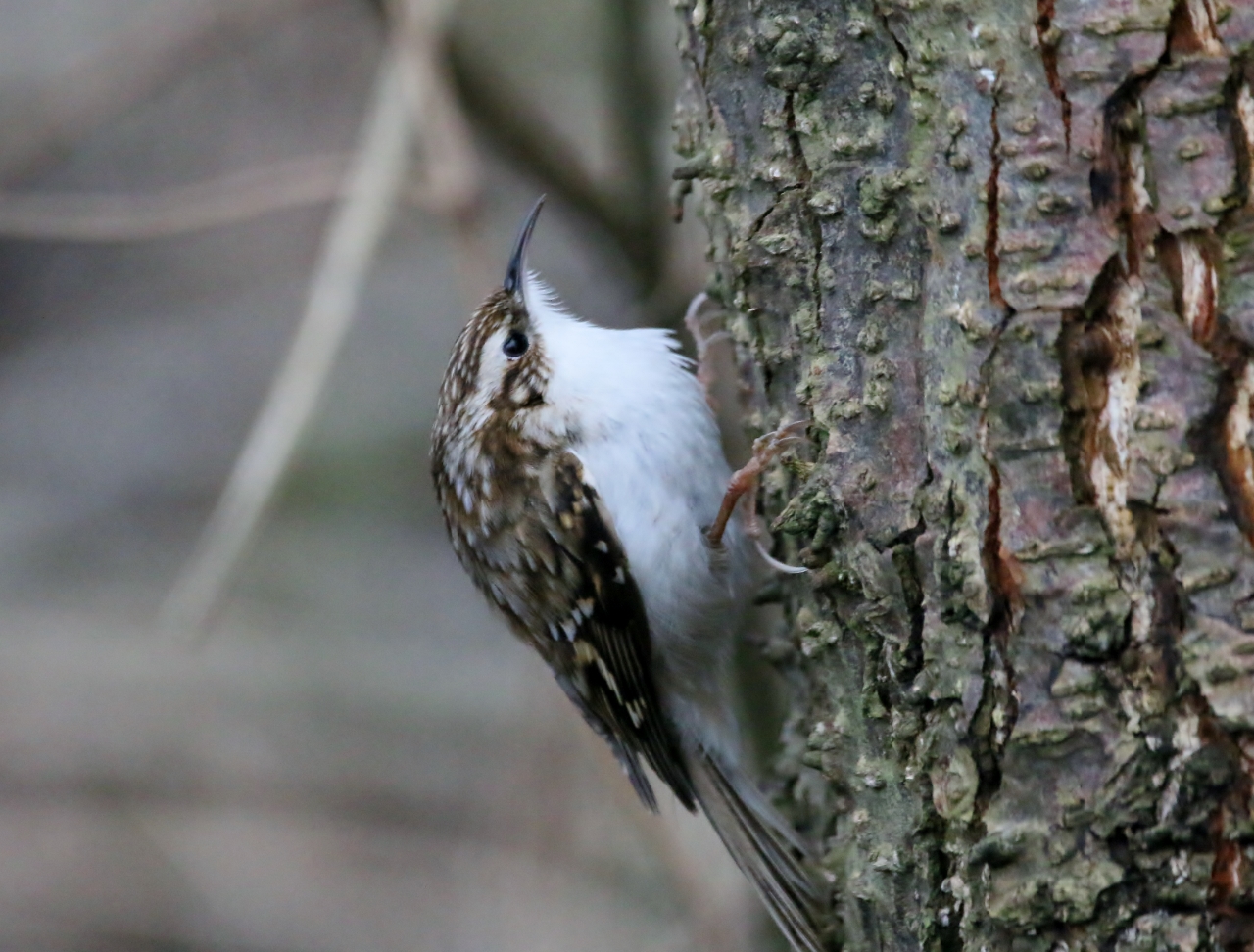
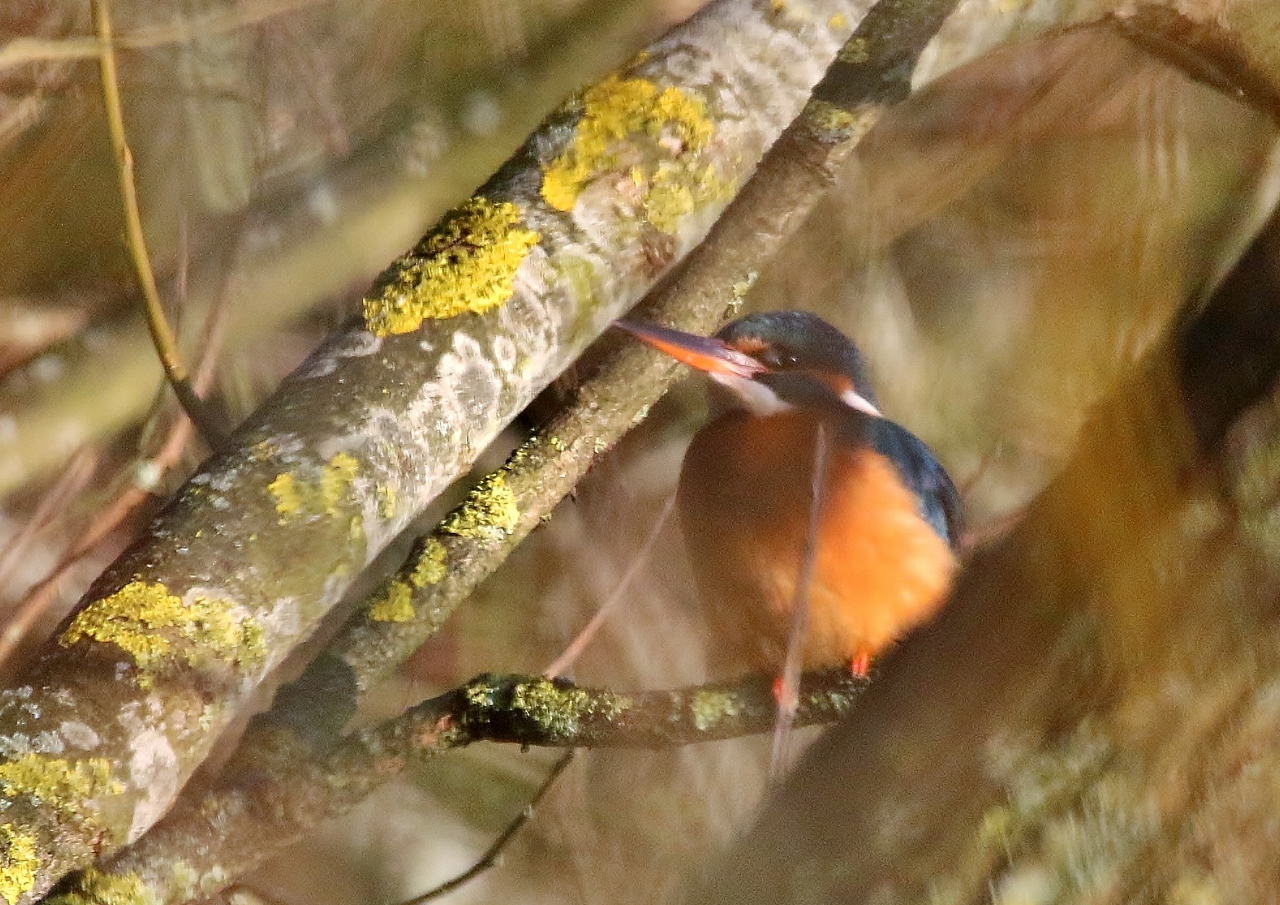
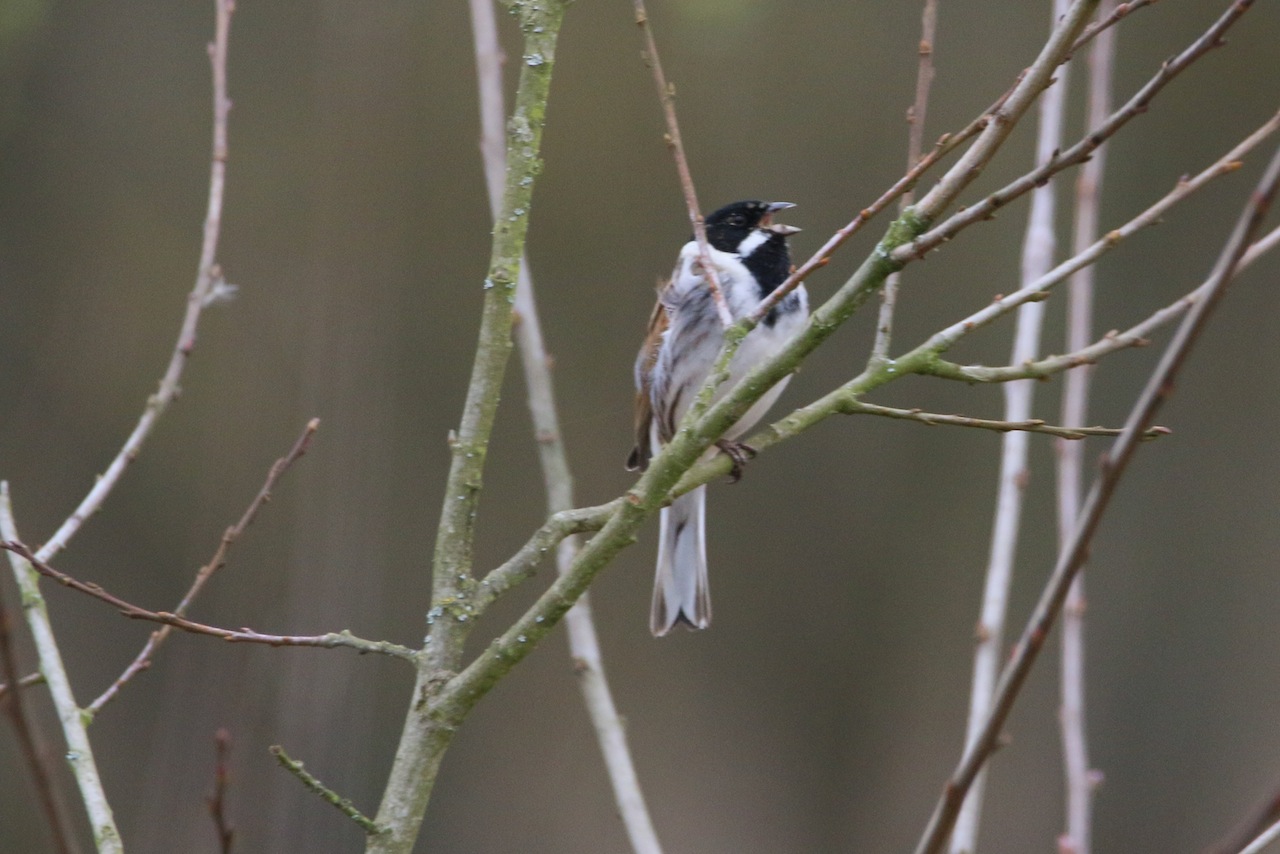

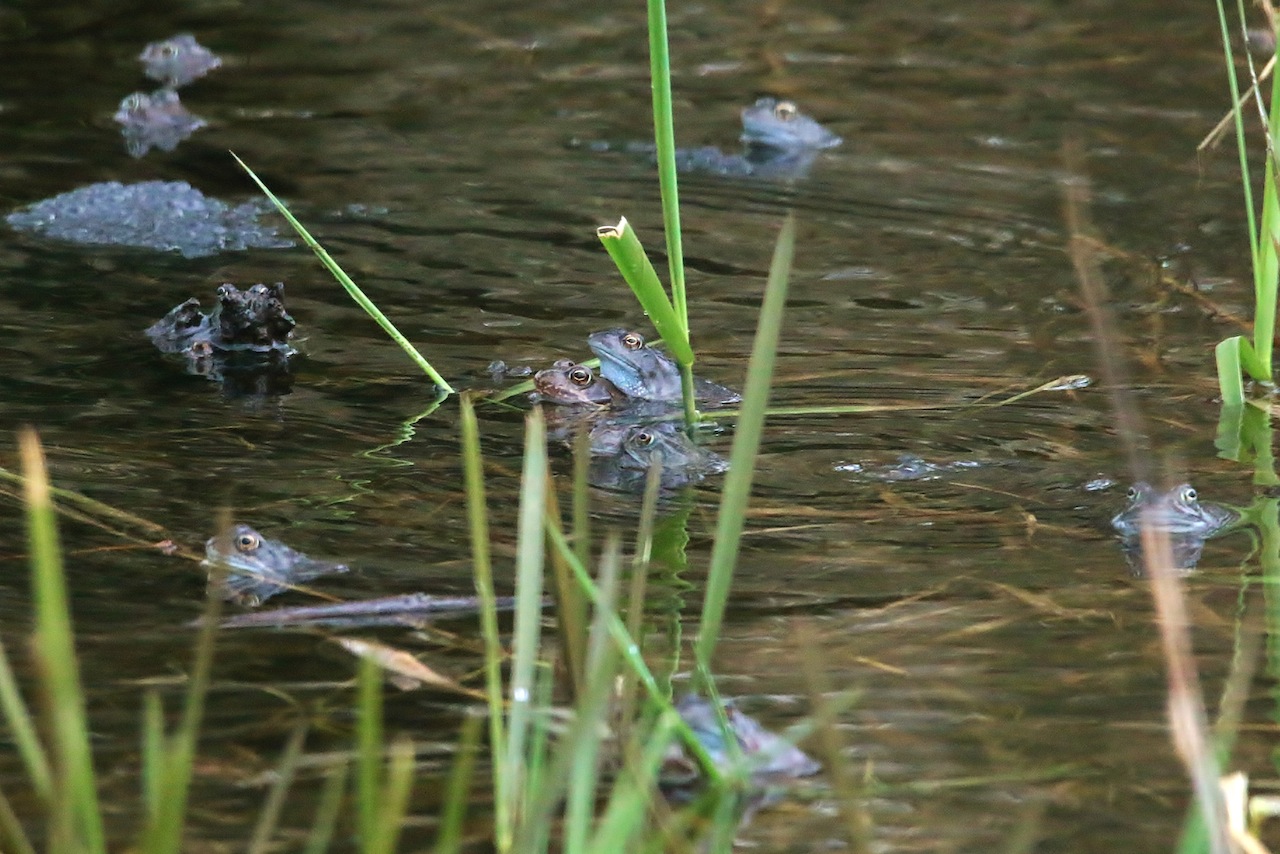
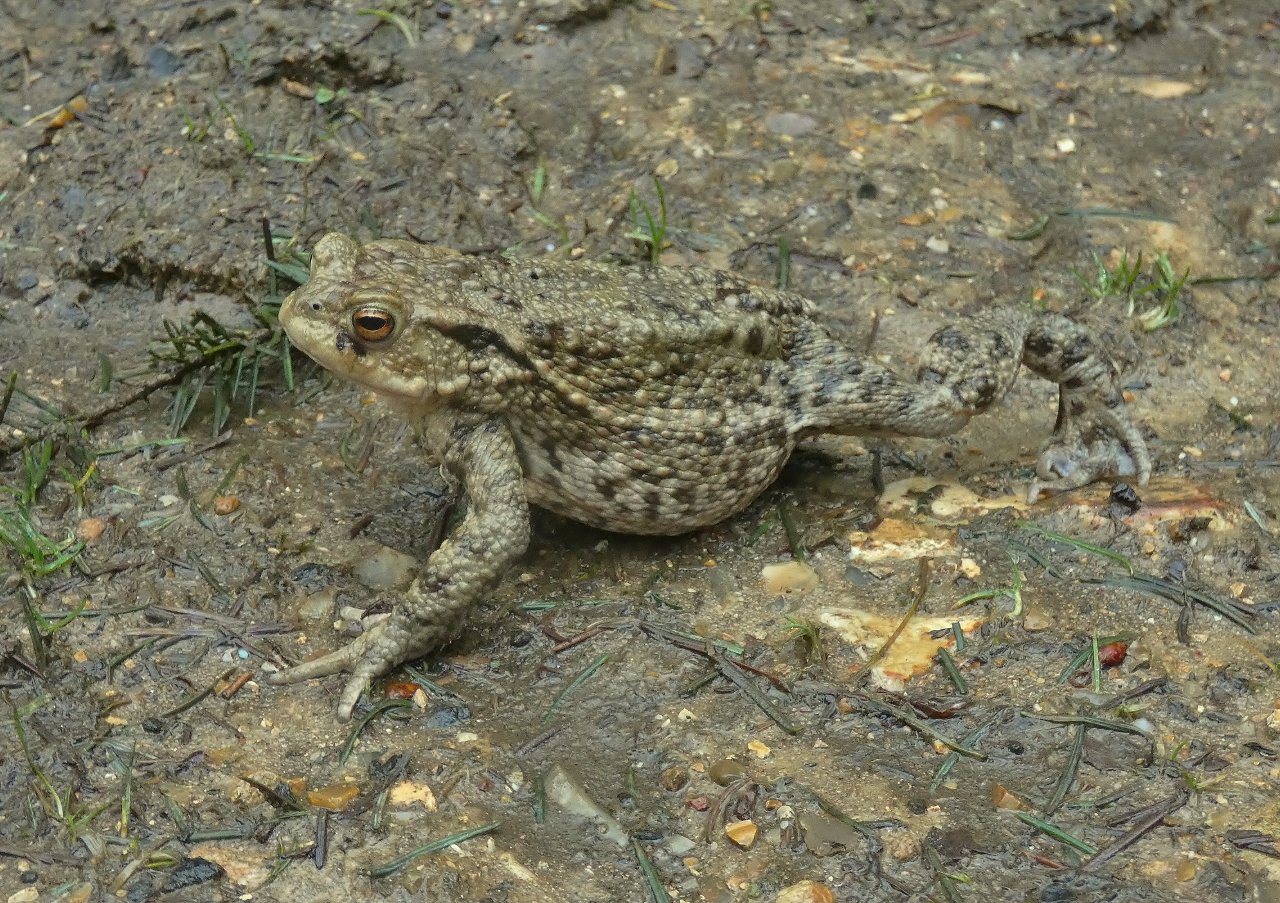
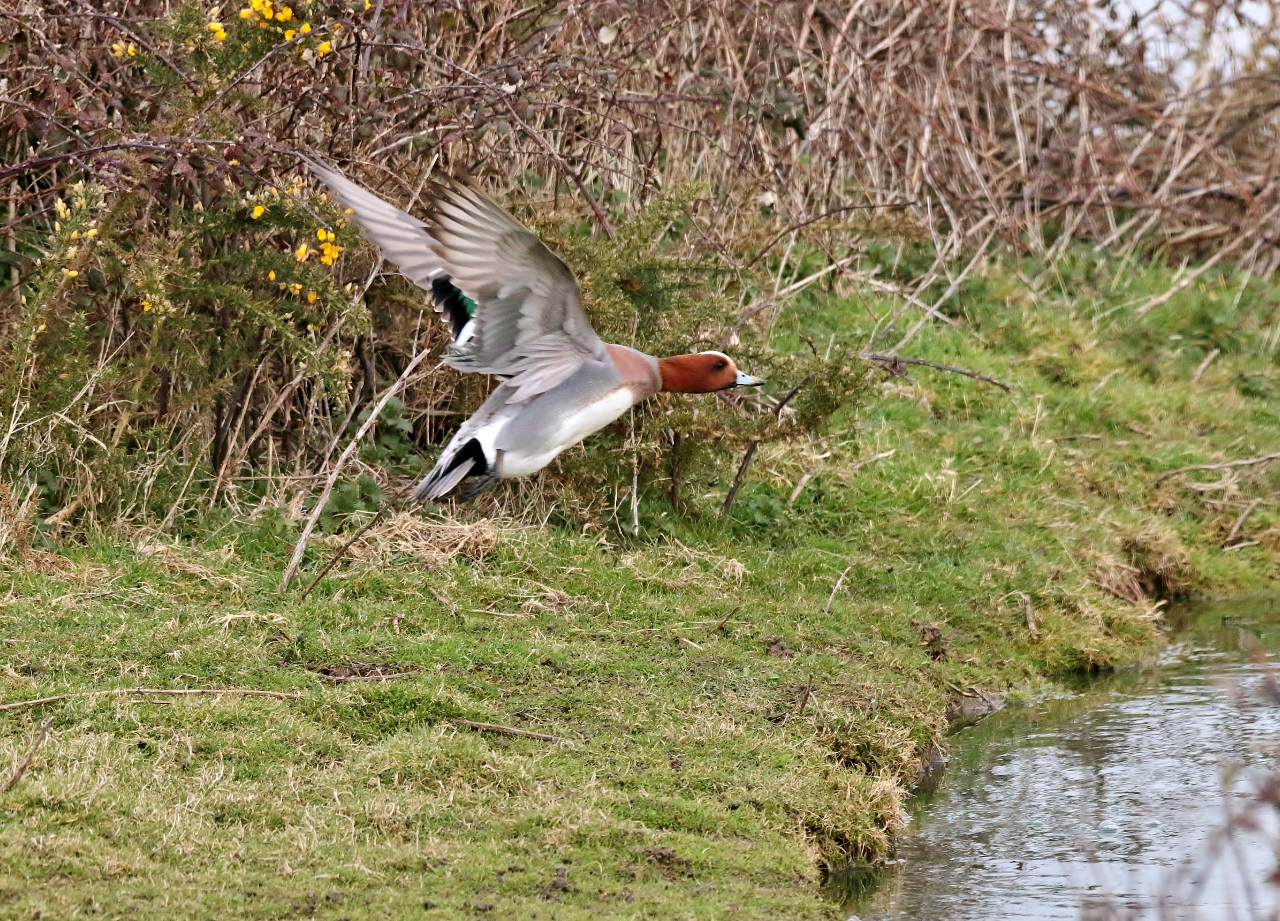
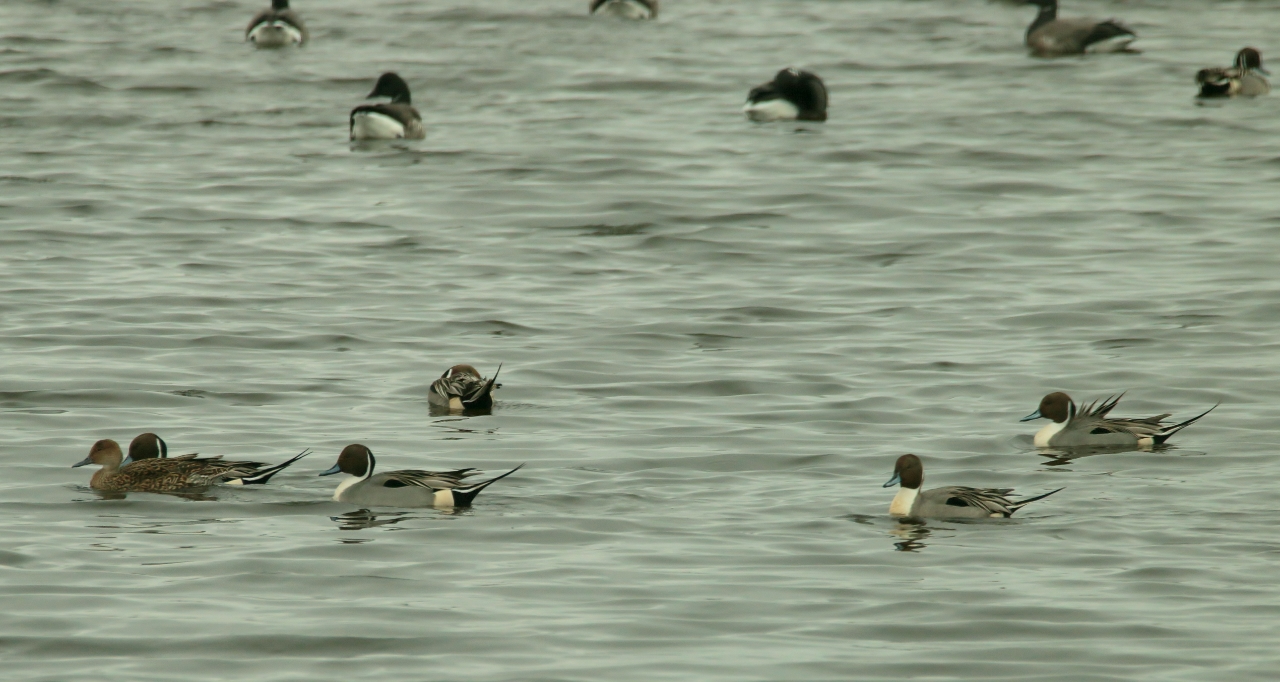
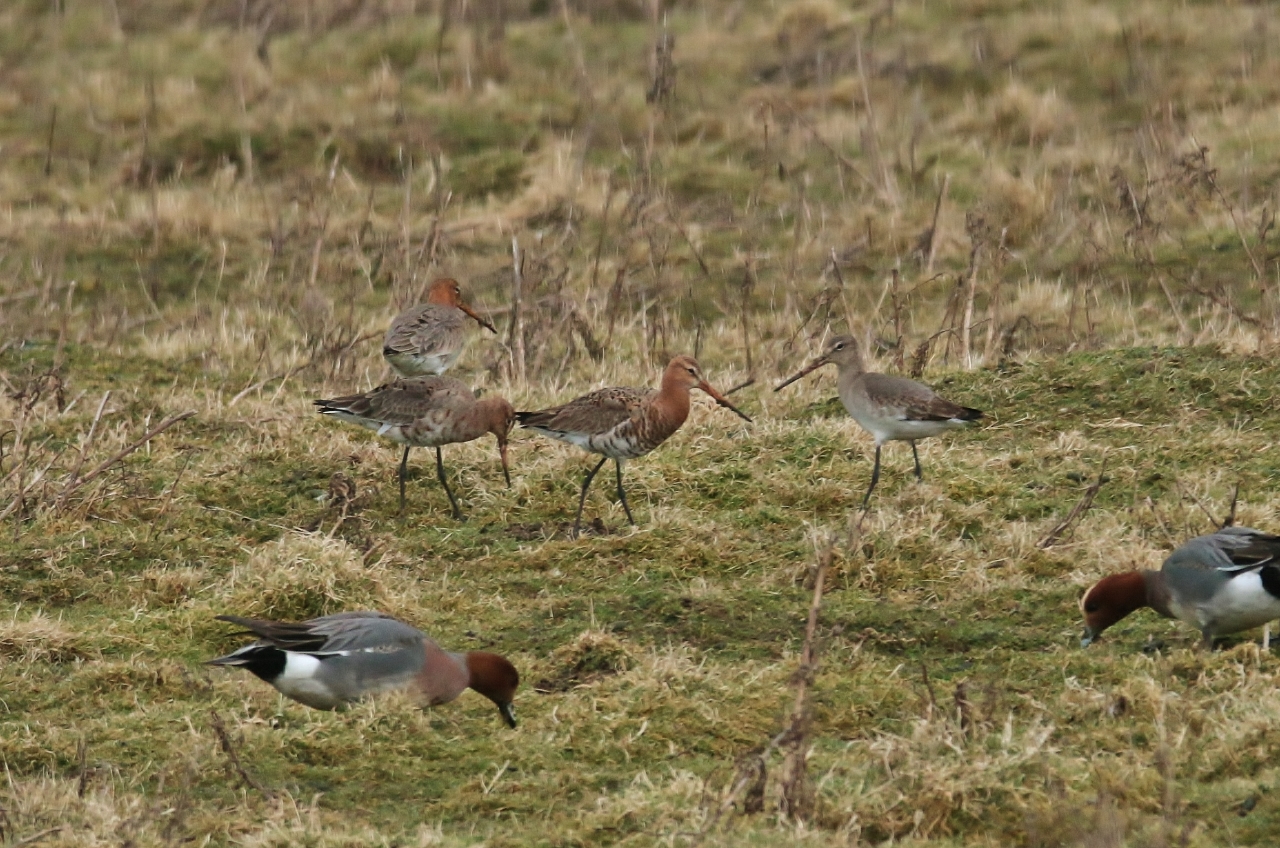
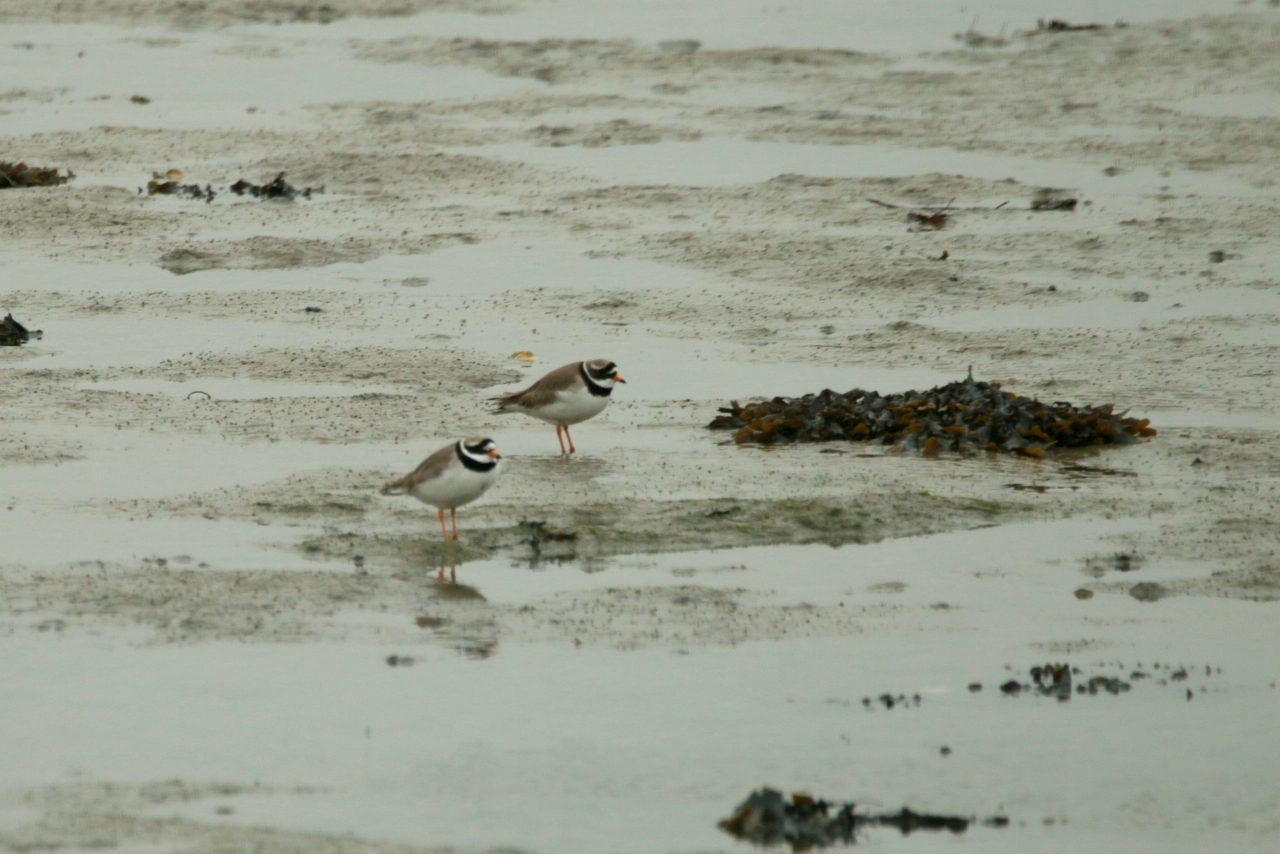
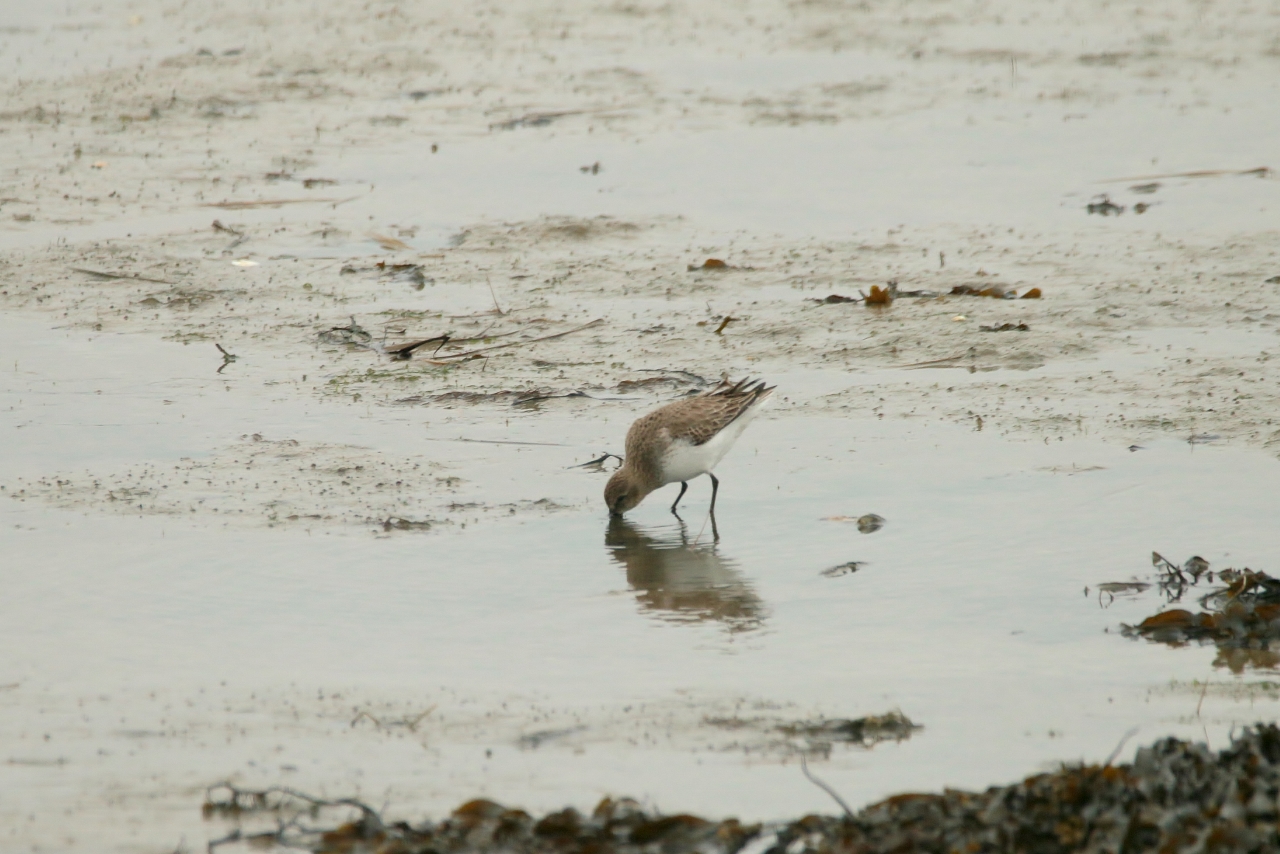

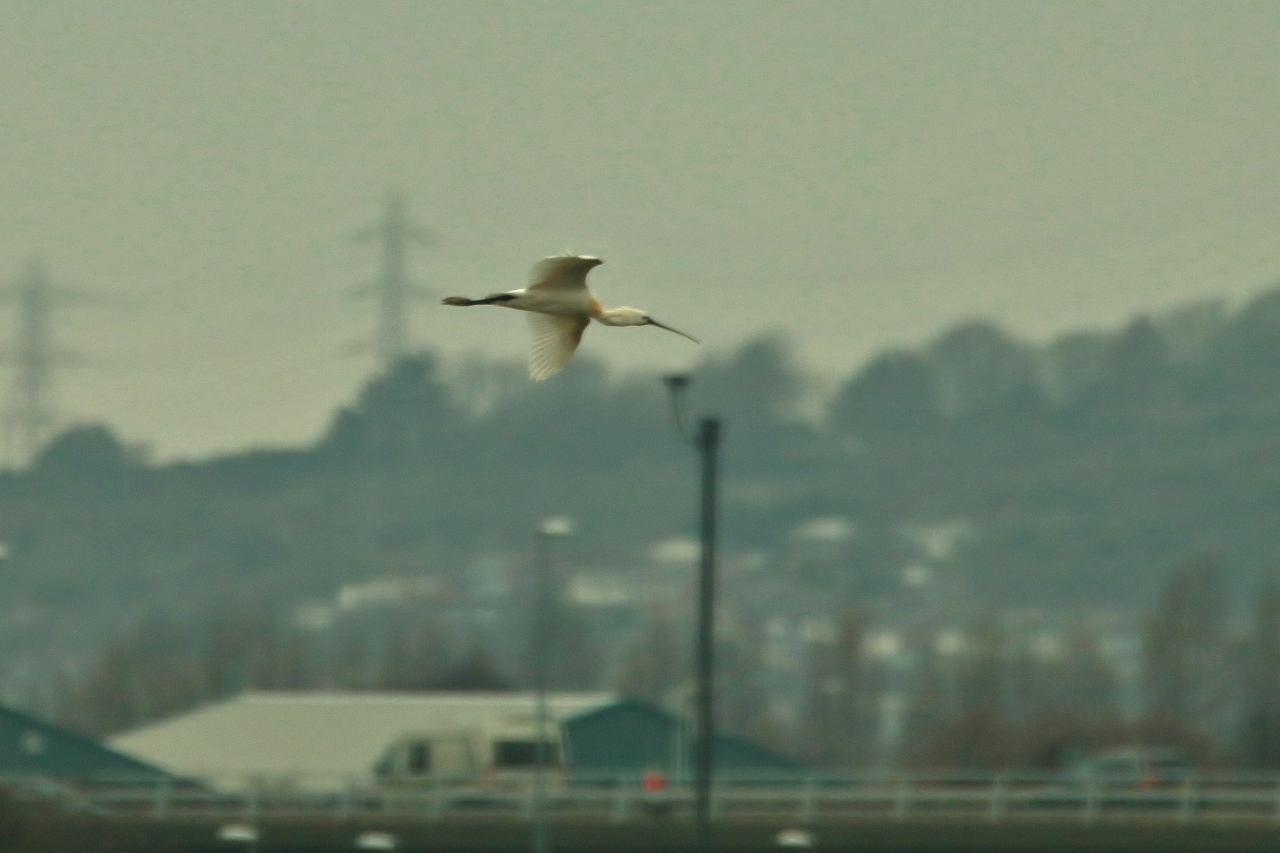

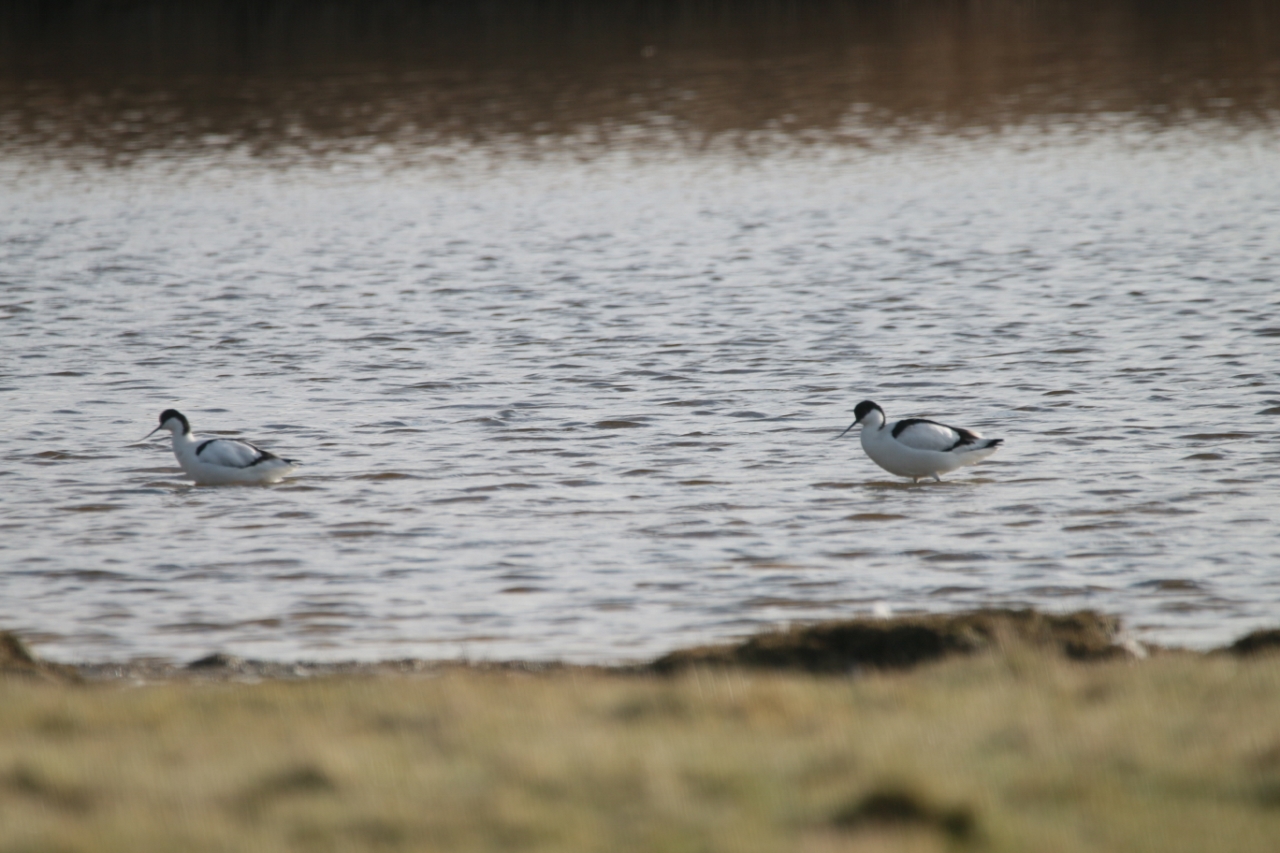
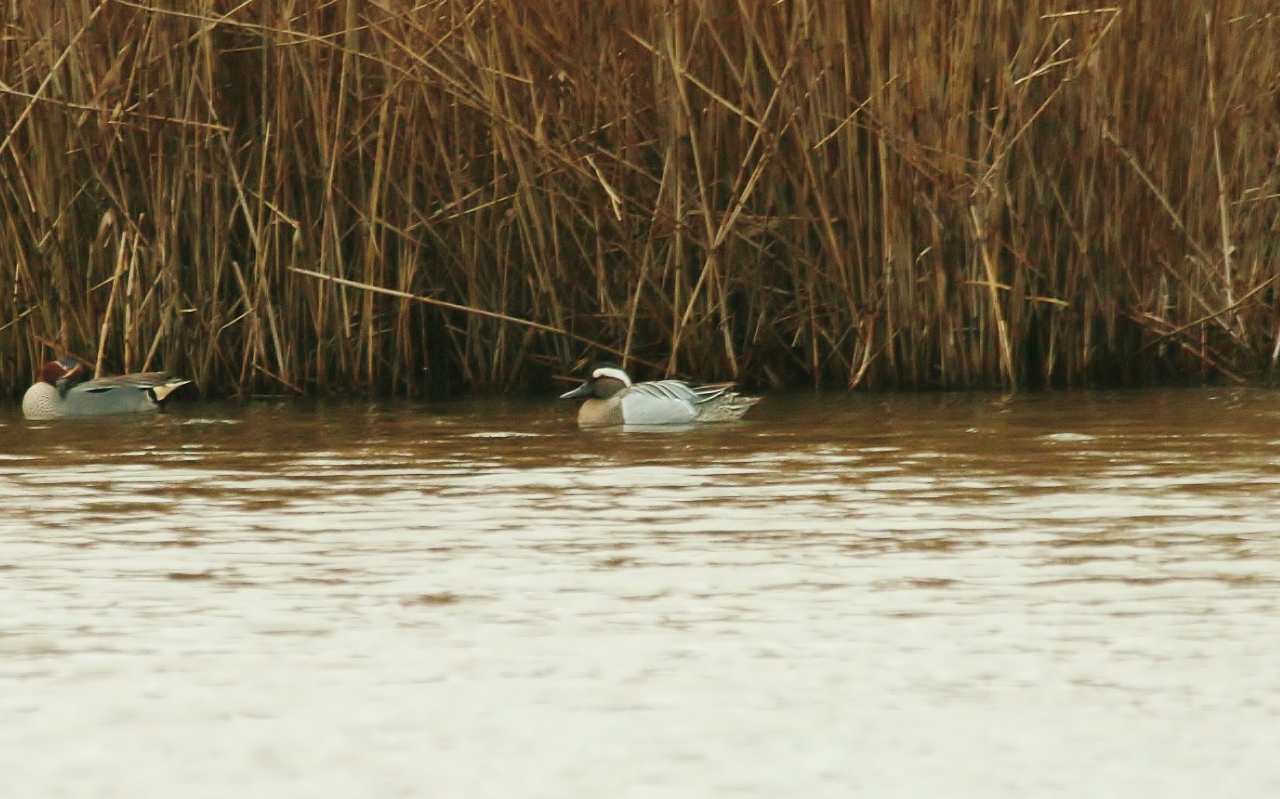



Recent Comments